BYD drew plenty of eyeballs at Auto Shanghai 2025 with the launch of the Seal 06 DM-i – not least because it’s a wagon.
Aimed at families, the Seal 06 DM-i wagon follows on from the Chinese launch of the sedan version last year and is a more spacious addition to BYD’s electric vehicle line-up. A panoramic sunroof creates a bright and airy cabin, while the LED headlights and taillights add a touch of high-tech flair to the exterior.
The interior is minimalist and functional, with a large, curved OLED touchscreen controlling the vehicle’s connectivity, infotainment and driver assist systems.
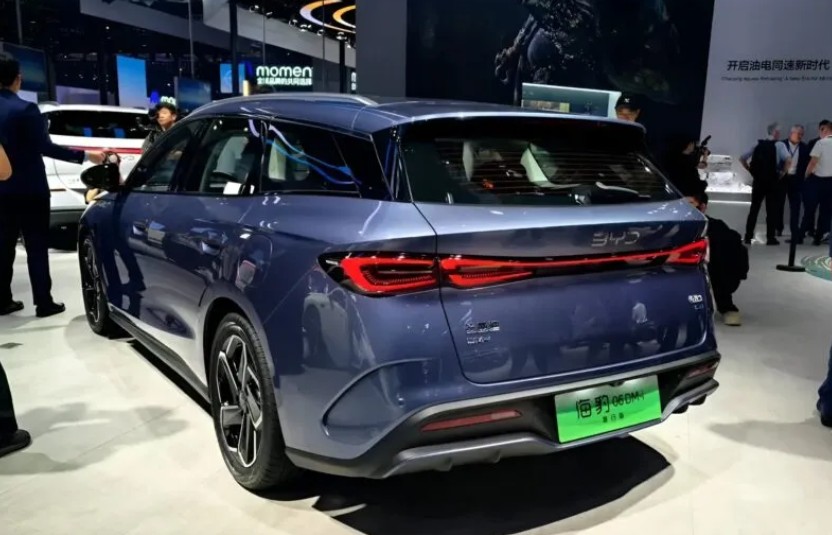
Under the hood, the Seal 06 DM-i wagon runs BYD’s next-generation DM-i hybrid technology, offering a claimed driving range of more than 1000km on a single tank. The hybrid powertrain also delivers an estimated combined fuel economy of 1.9 litres per 100km.
The vehicle’s tech includes the latest in smart driving features, including Level 3 autonomous driving capabilities and an AI-powered voice assistant that can control the car’s functions, entertainment, and navigation, as well as interact with smart home devices for a seamless transition between home and travel.
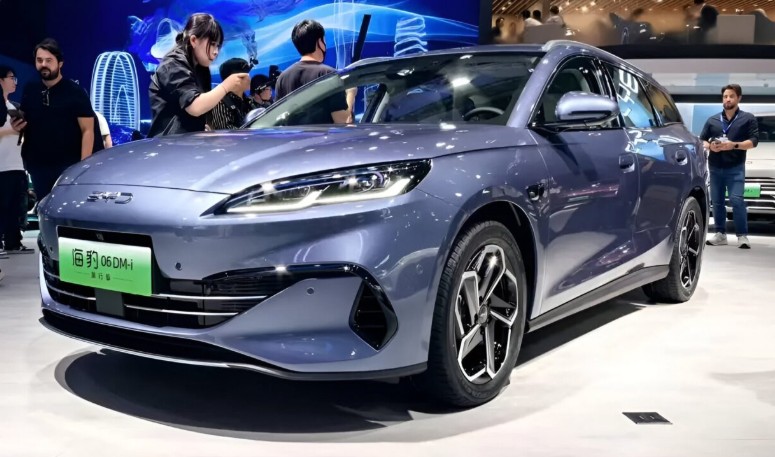
The Seal 06’s safety suite includes forward collision warning, lane departure warning, adaptive cruise control, and a 360-degree camera system. The vehicle also features an advanced air purification system that not only filters out pollutants but also monitors the air quality inside the cabin, ensuring a healthy environment for passengers.
As a family-oriented product, seating and cargo are configurable. The third row of seats can be folded flat to create a large luggage area, while the second row seats can slide and recline, providing maximum legroom and comfort.
BYD says parts of the Seal 06 DM-i have been constructed using recycled materials and it employs a bi-directional charging system, allowing it to act as a mobile power source for the home or other electric devices during emergencies.
No word as yet on whether it will be offered in Australia.
Welcome to the new Ford Falcon versus Holden Commodore. Both those cars, which filled so many pages of Wheels, are now obviously gone, left to haunt places like the eerily quiet high-speed bowl of the old Holden Lang Lang Proving Ground… or, dare we say, your local taxi rank. However you want to remember the old Aussie sedans, there’s no escaping the fact they were the nation’s top-selling vehicles. For decades.
But there is nothing permanent except change, and a quarter of the way into this century, the old Falcon and Commodore sales race has morphed into this: a fierce battle between dual-cab utes. As hotly contested now as it was then between the old rear-drive four-doors, three of the top four selling vehicles in Australia in 2024 were dual-cab utes. And today, in a sunny carpark in the tiny town of Clarkefield just north of Melbourne, we’re seeing how they compare.
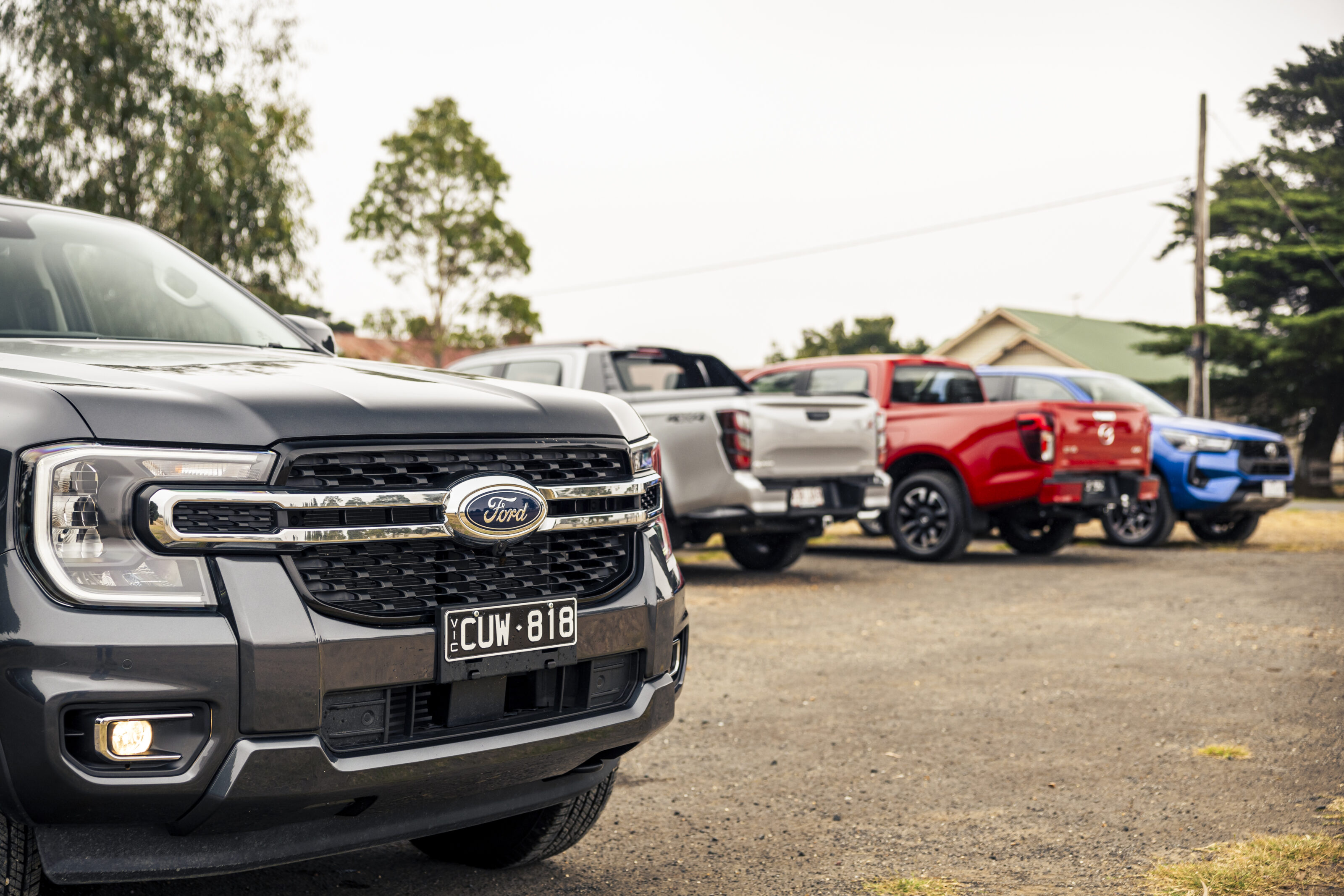
Hitting bitumen and gravel roads in Victoria to see if the existing front-runners are still worthy of their best-seller status, leading our contenders for this test is Ford’s best-selling Ranger – Australia’s most popular new vehicle. If the Australian sales race was an actual championship, the Ford Ranger would wear the number ‘1’ loud and proud on its side.
In 2024, the Ford Ranger topped the local new car sales charts with 62,593 examples sold, ahead of the Toyota RAV4 – followed by the third-placed Toyota HiLux on 53,499 sales, and then the fourth-placed Isuzu D-Max with 30,194 units sold.
As close a spiritual successor to the Falcon as you could hope, many of the Ranger’s designers and engineers are the same people who worked on generations of Ford’s much-loved four-door. The Ranger was also developed at Ford’s You Yangs Proving Ground west of Melbourne and on many of the same roads as Falcon and Territory before it. If a Falcon ute pinched the metamorphic pills of a Marvel superhero and swallowed them all at once, you’d basically just have a Ranger.
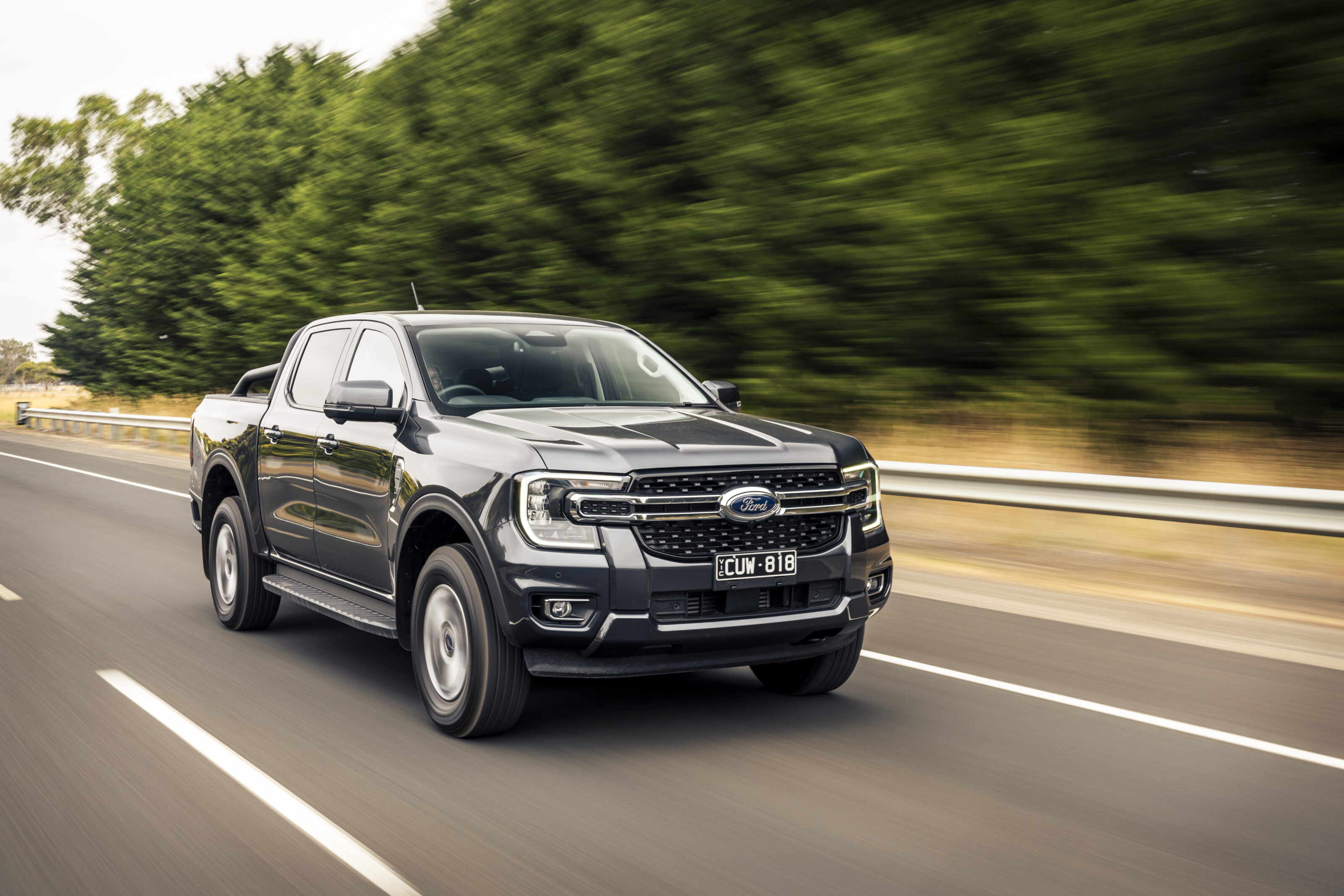
Of course, Ford also effectively moved its factory from Broadmeadows to Thailand, but given its locally-developed DNA, there is something just right about the Ranger being Australia’s most popular vehicle.
Akin to the Holden Commodore, although only in a sales sense, is the evergreen Toyota HiLux. Built like a cast iron griddle, the HiLux was Australia’s new car sales champion seven years on the trot from 2016 to 2022, before being usurped by the Ranger – and, more recently, the RAV4.
Much like that car, the HiLux is now a hybrid – although a much milder one. With a 48-volt architecture, the recently revised HiLux now bolts a motor-generator to its 1GD 2.8-litre turbodiesel four-cylinder, the motor-generator mounted high in the engine bay to keep it dry during water crossings, or so says Toyota.
The unit itself produces 8.4kW/65Nm and is paired with a 48-volt battery, able to scavenge energy under braking and redeploy it – such as in enabling long periods of engine-off time, in traffic – with its start-stop system. The 48-volt HiLux idles at just 600rpm and Toyota claims the system saves around nine per cent fuel. With the New Vehicle Efficiency Standard (NVES) now looming large over the Australian new car market like a storm cloud, every drop of fuel saved will count.
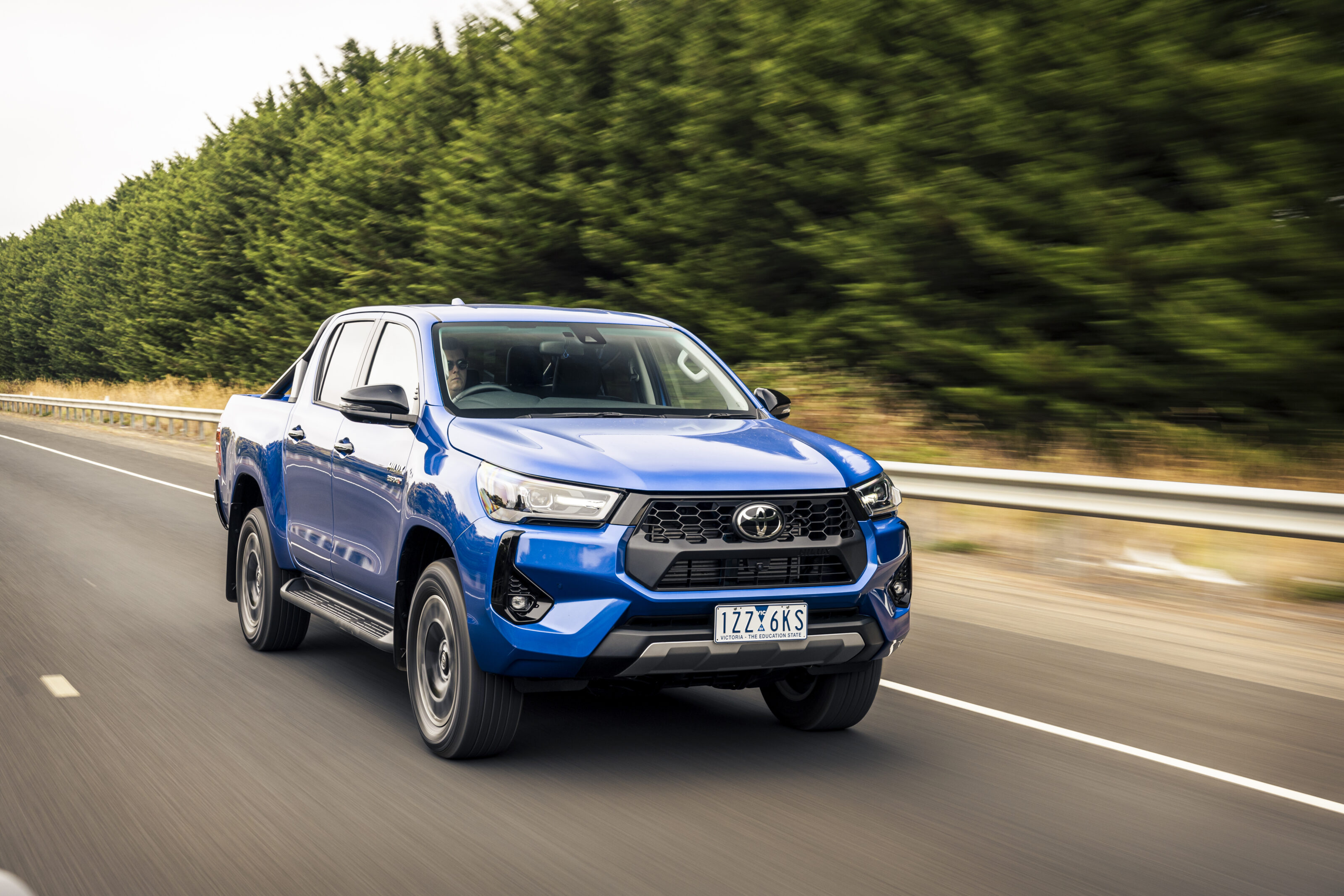
There’s no shortage of competitors keeping Ranger and HiLux on their all-terrain toes and the parched, thirsty, straw-coloured hills of today’s ute shootout testify to a lack of rain around Melbourne in recent months – but it is raining dual-cab rivals.
While BYD has launched a Shark 6 attack against Ranger and HiLux with its superbly priced hybrid ute, and other newer Chinese manufacturers such as JAC and GWM pile on the pressure, the Australian ute buyer still prefers products from established brands for now. Brands like Isuzu and Mazda.
Powered by the venerable 3.0-litre 4JJ3-TCX four-cylinder turbodiesel, and with a six-speed auto, Isuzu’s D-Max has earned a reputation for reliability as if the engine itself is ready to become a sealed unit.
Coupled with value, the D-Max is one of the surprise performers on the Aussie sales charts at present, and was Australia’s fourth best-selling vehicle in 2024. It’s fresh from a facelift last year which saw revised exterior styling and a new infotainment system, along with additional active safety features.

That same update has now arrived for Mazda’s BT-50, the catalyst for today’s test and looking the freshest vehicle here in its new Red Earth Metallic. The BT-50, of course, is to D-Max what Amarok is to Ranger – but on another level again. While the BT-50 was once twinned with the Ranger, these days it’s built by Isuzu for Mazda, an identical twin to the D-Max – just with a different haircut. As well as a fresh new face with CX-5-like headlights and grille, the BT-50 gets three new colours, a new infotainment system and additional safety equipment such as stop-and-go traffic jam assistance, rear cross-traffic alert with braking, and updated autonomous emergency braking that can now detect motorcycles.
It’s an update that couldn’t come soon enough. At 15,164 sales for 2024, the BT-50 was getting lapped in the proverbial sales race by the other utes here and was not even in the top 20 new car sales for 2024.
While SUVs are the focus for the brand that brought us generations of rotary-powered sports cars, the BT-50 remains just as important to Mazda Australia – especially as it hopes to eclipse the 100,000 local sales mark yet again.
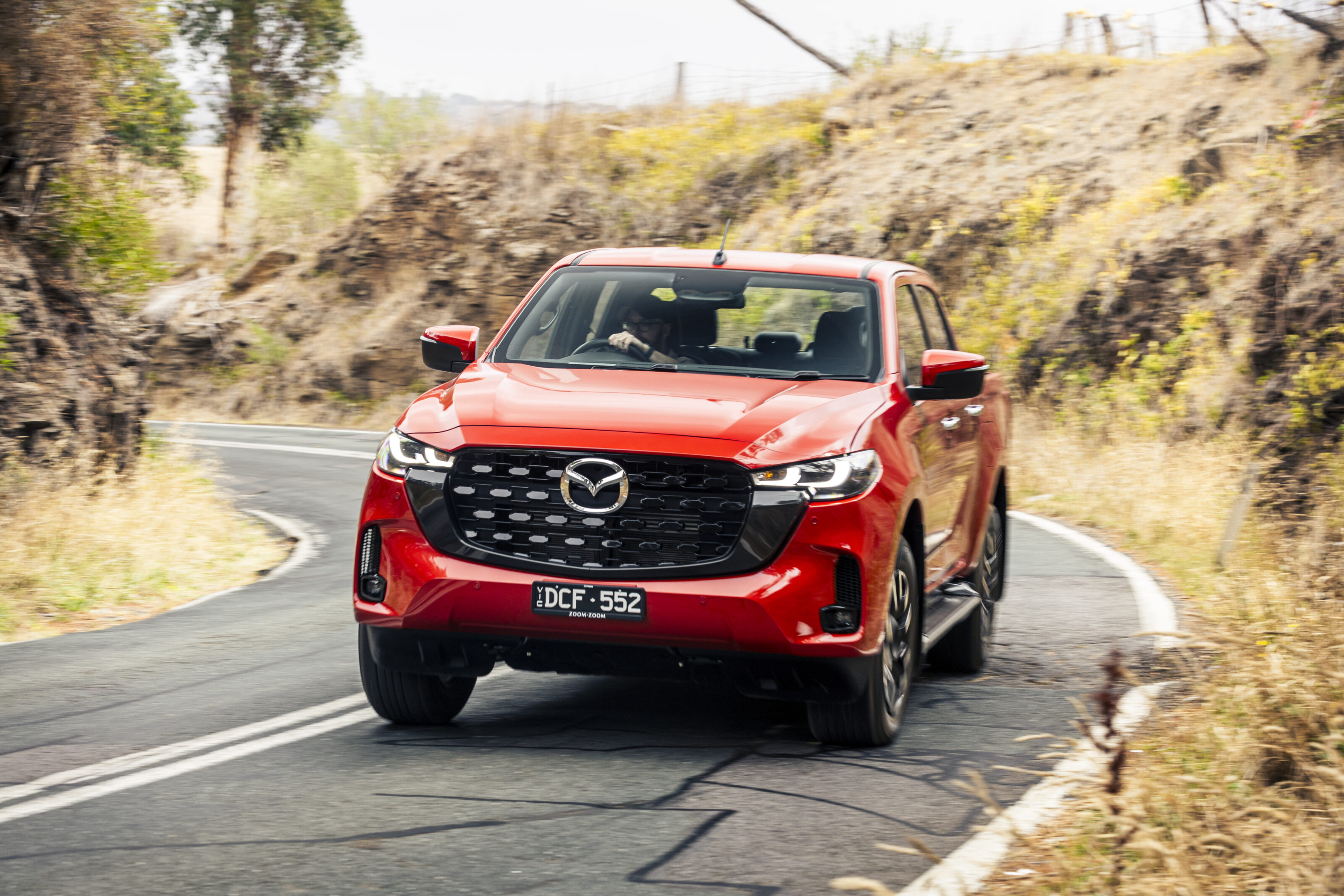
In today’s four-ute shootout, we’ve set a target retail figure around the reasonable mid-range of $66,000 (before on-roads) and grabbed the grades around this price. In the Ranger’s case, that’s the $66,140 Sport – with a twin-turbo 2.0-litre turbodiesel four-cylinder mated to a 10-speed automatic. (Ford mistakenly supplied this test with an XLT with the same powertrain and a bit less equipment; from a value perspective, we will pretend it’s a Sport.)
For the HiLux, we’ve got the $63,260 SR5 and added the $2500 Premium Interior for a retail price of $65,760. The Premium Interior adds a power-adjustable driver’s seat, front seat heaters and leather-accented seat trim.
From Isuzu, we wanted the $65,500 D-Max LS-U+ but got the $70,500 X-Terrain instead. While the X-Terrain adds minor equipment like front parking sensors, they’re more or less the same. In our on-paper value analysis, we’ll be looking at the LS-U+.
Mazda meanwhile supplied the $66,170 BT-50 GT which basically matches the standard equipment of the equivalently priced D-Max LS-U+, Ranger Sport and HiLux SR5 with Premium Interior. That means at least a power-adjustable driver’s seat, leather appointed upholstery, 18-inch wheels and dual-zone climate, as well as Apple CarPlay and Android Auto connectivity.
They all cost about the same and give you about the same standard equipment – no huge outliers here. But what the brochures and spec sheets don’t give you is how you feel sitting in each vehicle. And boy, are they different.
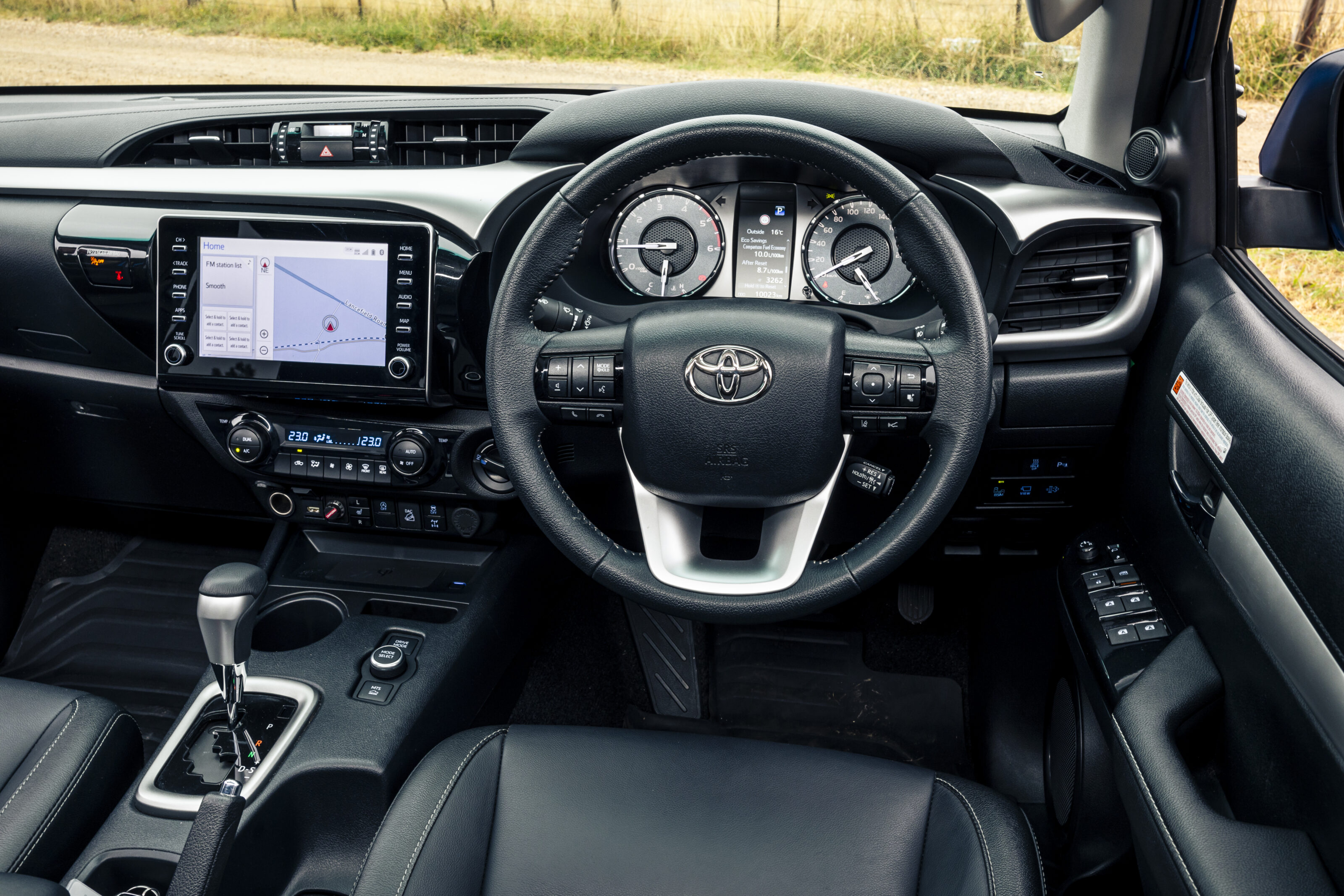
Getting into the HiLux is like going back to when Barack Obama was US President, Malcolm Turnbull had just knifed Tony Abbott for the Australian prime ministership and COVID-19 did not exist (i.e. a much simpler time).
With fundamentally the same dashboard design from 2015, the HiLux feels ancient inside compared with the other vehicles here; Toyota has taken the ‘if it ain’t broke, don’t fix it’ philosophy to new levels. We’re sure the digital dashboard clock, with buttons for ‘H’ and ‘M’, will still be keeping time long after the earth has been absorbed into the sun, but in 2025 it couldn’t date a new car’s interior more. Same for the old cruise control stalk which looks 20 years old.
Toyota has at least tried with the fitment of a wireless phone charger, but pairing it with wired Apple CarPlay for its small 8.0-inch infotainment screen seems silly. How hard is it to offer wireless phone connectivity? There are a million aftermarket replacement infotainment systems with wireless CarPlay capability on eBay, and for not much.
And if a Chinese-made vehicle had the same resolution of the HiLux’s reversing camera, we’d be giving it a right bollocking.
The Premium Interior does add some niceties, but the steering wheel looks like leather, feels like urethane. Cheap, in other words.
At the very least, the HiLux interior is comfortable enough, everything works well and there’s no wondering if it’ll all still work in 10 years. Or 20, or 30, for that matter. It will probably still look brand new. And at least the HiLux gives you one-touch electric windows on each corner – you can’t say the same about the D-Max and BT-50 which reserve that for the driver only. Little things like this count.
Jumping from the HiLux to the Isuzu D-Max, however, is like you’ve just driven your old car down to a new car dealership to check out the latest car interior from 2025.

While our test car is the pricier X-Terrain with a flash interior including red stitching, all D-Max interiors have the same pleasing, contemporary straight dashboard lines and from LS-U grades and up, a lovely, crisp 9.0-inch infotainment display (with wireless CarPlay and Android Auto). Unlike the HiLux’s screen, which looks retrofitted into its dash, the D-Max screen is much better integrated. The slim row of heating and cooling controls also looks much nicer and smarter. You don’t get a wireless phone charger but you do get a 7.0-inch digital instrument cluster display (nestled between some analogue items), just another element which helps make the D-Max’s interior feel like it’s for the modern age.
Blindfold someone and shift them from the D-Max into the BT-50 and if it wasn’t for the dirty-big Mazda badge on the steering wheel, they’d simply think they’d slipped into another D-Max. That’s not necessarily a bad thing.
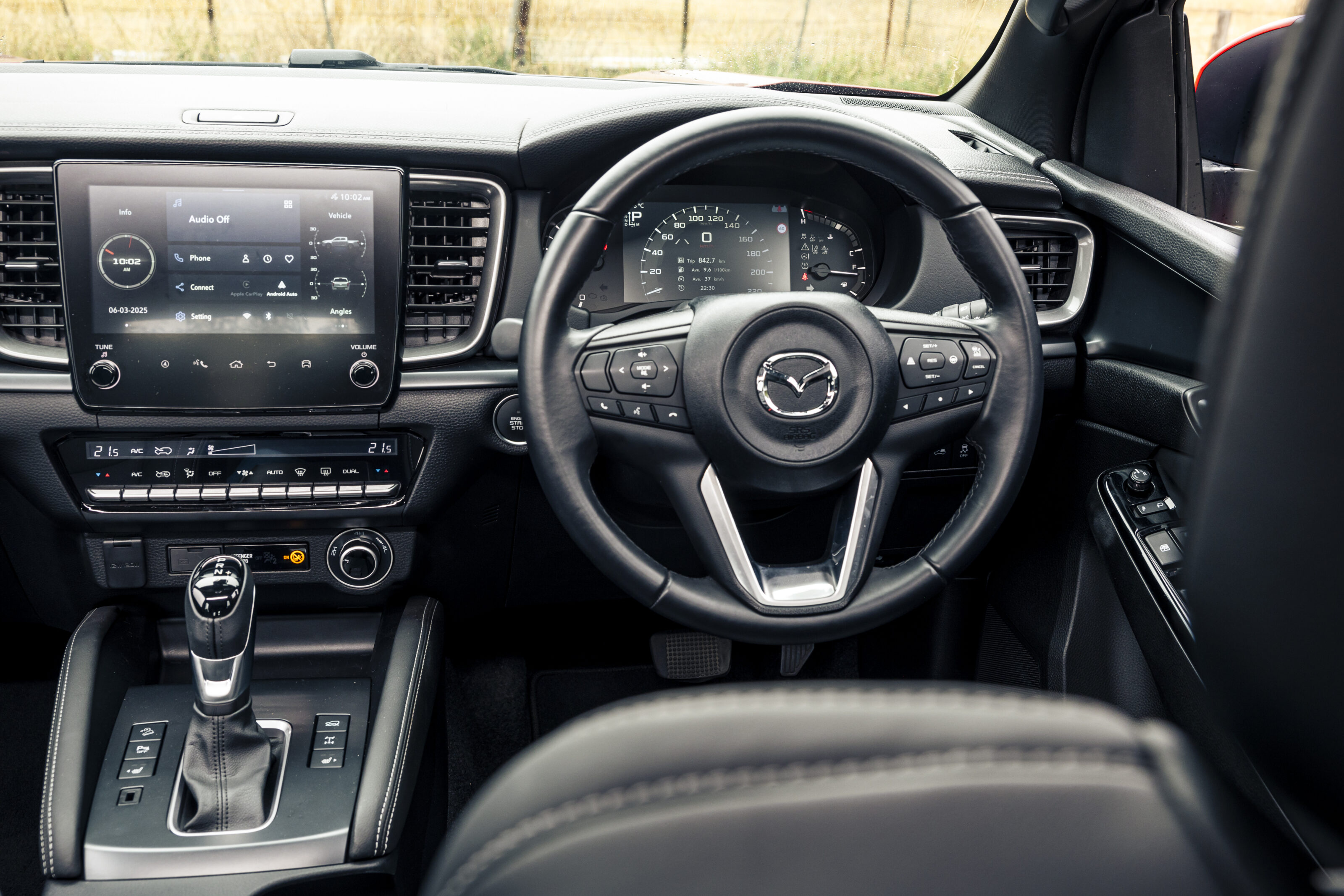
While the steering wheel and some of the button fonts are the same, the Mazda’s infotainment and digital dashboard benefit from more grown-up font choices and general display graphics. That alone makes the BT-50’s interior feel like it’s for a 40-year-old, not a 25-year-old in the case of the D-Max. (Although a lot of that could be its just-downed-a-can-of-Monster, X-Terrain interior styling.)
None of these utes, however, feel as modern as the Ranger, whose fundamental interior layout and design feels a generation newer.
It’s the only vehicle with an electric park brake, while gone are the analogue dials of the other vehicles; in its place a smart, standard 8.0-inch digital instrument cluster with a no-frills vibe. The 10.1-inch portrait infotainment touchscreen also dwarfs that of the other vehicles, and gives it the most contemporary feeling interior here. It feels like the ute you buy when you’re finally all grown up.
The Ranger also has the best driving position – the most SUV-like – placing you tennis-umpire-high but in proportional perfection relative to the steering wheel and pedals (as close as you could hope in a dual-cab, anyway). Like slipping into a sports car with a thoughtful driving position, this sets up certain expectations for how it might drive.
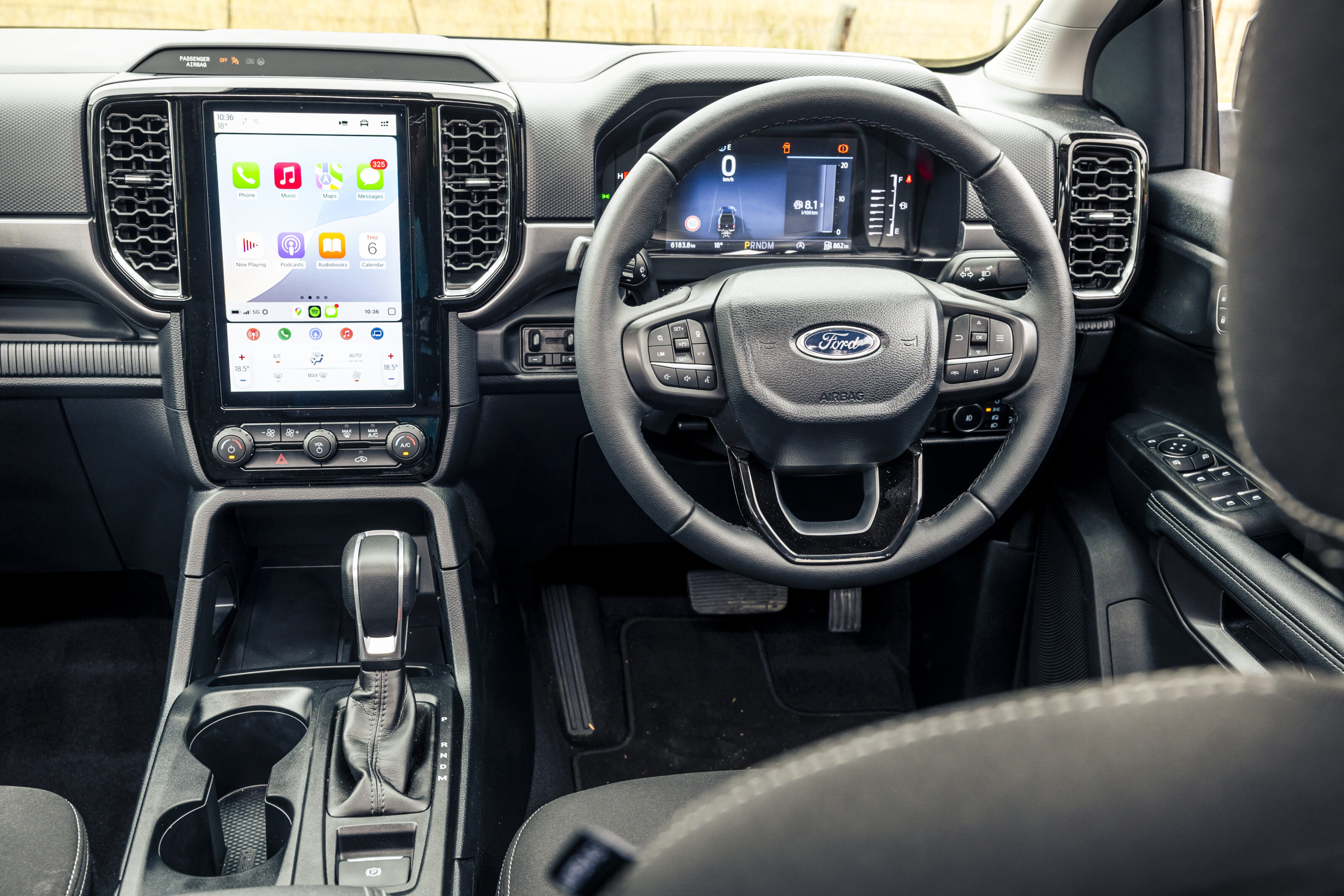
That bit starts in the urban surrounds of Melbourne where, for all their four-wheel-drive with high- and low-range, 3.5-tonne towing capacities and circa-one-tonne payloads, this is most likely to be
the real natural habitat of these vehicles, for better or worse.
From the outset, the Ranger is simply pleasant to drive. Despite its size, light steering makes it reasonably manoeuvrable at low speeds while the 10-speed auto does a terrific job of keeping the 2.0-litre engine in its torque sweet spot at all times. This engine packs 154kW and 500Nm (from 1750rpm), which is more than enough to hustle along a portly 2296kg of ute in traffic.
In fact, the 10-speed auto is so smooth and adept at keeping you in the middle of that vein of turbodiesel torque, it’s almost like a CVT – but with lots of lovely little gears, and no soul-sapping sensation of a constantly variable ratio.
While it’s still obviously a ladder-frame vehicle with a live rear axle, the Ranger drives with a maturity we’ve rarely felt from a vehicle of this configuration. The ride quality is decent enough that you’re not tempted to carry a tonne in the tray as simple ballast; while the steering has a car-like directness to it, even in the city.
It’s a hard act to follow, and next up is the Toyota.
Anyone who’s driven a HiLux in the last 10 years will find the Toyota familiar, beginning with its heavy hydraulic steering. That makes it more of an effort in car parks, but once you’re underway it’s no concern, contributing to an easy, relaxed driving experience.
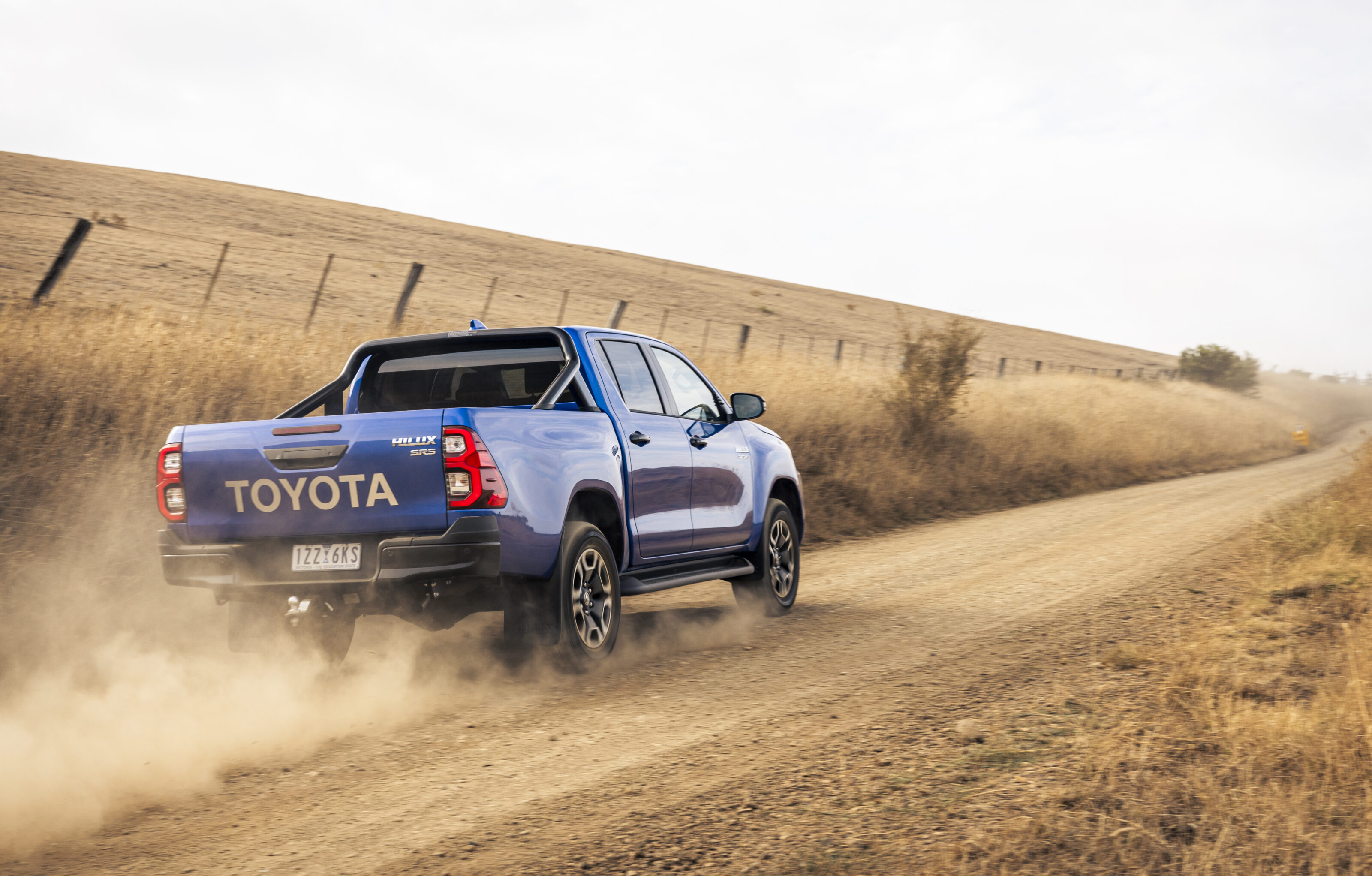
Toyota has also done a decent job with the ride quality – while there’s an unladen firmness to the rear-end, there’s the sense the damping has been polished over many years to offer something at least half-comfortable.
With 150kW and a fat 500Nm (from 1600rpm), the HiLux also puts plenty of turbodiesel muscularity under your right foot – including, presumably, a bit of electric motor assistance at times. That bit is harder to tell, but what is most impressive is the HiLux’s laser-fast start-stop system which might just be the best example of this setup we’ve experienced in any car. No joke; you’ll want to leave it on just to admire how good it is.
Jump from the HiLux into the D-Max or BT-50 and immediately both those vehicles feel like they’re working a little bit harder at all times. The engines are louder and the progress doesn’t feel quite as effortless. With lower outputs of 140kW, and 450Nm (from 1600rpm), it’s as if Mazda and Isuzu have tried to compensate with more aggressive throttle maps.
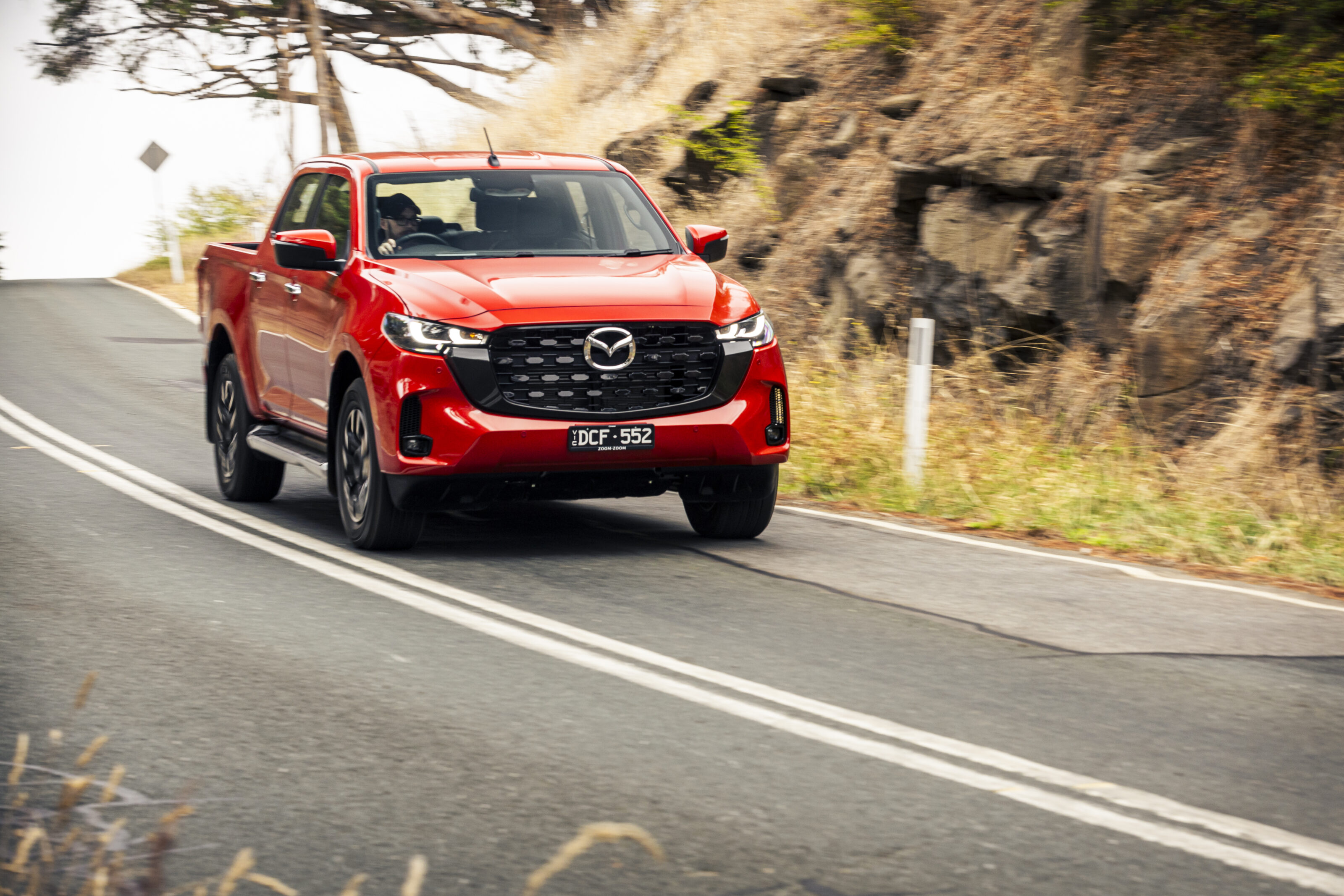
Compared to the old-school, heavy hydraulic steering of the HiLux, however, both Mazda and Isuzu offer breezily light electrically-assisted steering at reduced speeds, making them just that little bit easier to drive at the lowest of speeds. That’s even if they don’t ride quite as well as the Ford or Toyota, bumping around with a bit more leaf-sprung aloofness.
For the varying outputs, weights and number of gears, however, a very unscientific test revealed that of all four vehicles here, the HiLux, D-Max and BT-50 are about level-pegged from zero to 100km/h, with the Ranger just a little bit quicker. And once you’ve reached triple figures, as we experienced on the open, country-like roads north of Melbourne towards Lancefield, it’s the Ranger you’ll want to be in. By a long way.
Where the other utes bounce about, jiggle through their ladder frames and experience bump-steer over the biggest bumps and road cambers, the Ranger is most unperturbed on an Aussie 100km/h country road. The other utes feel they need constant steering supervision as the road surface shifts and changes, but the Ranger’s steering tracks straight and confidently across road impurities in such a way that would make long country trips much easier.
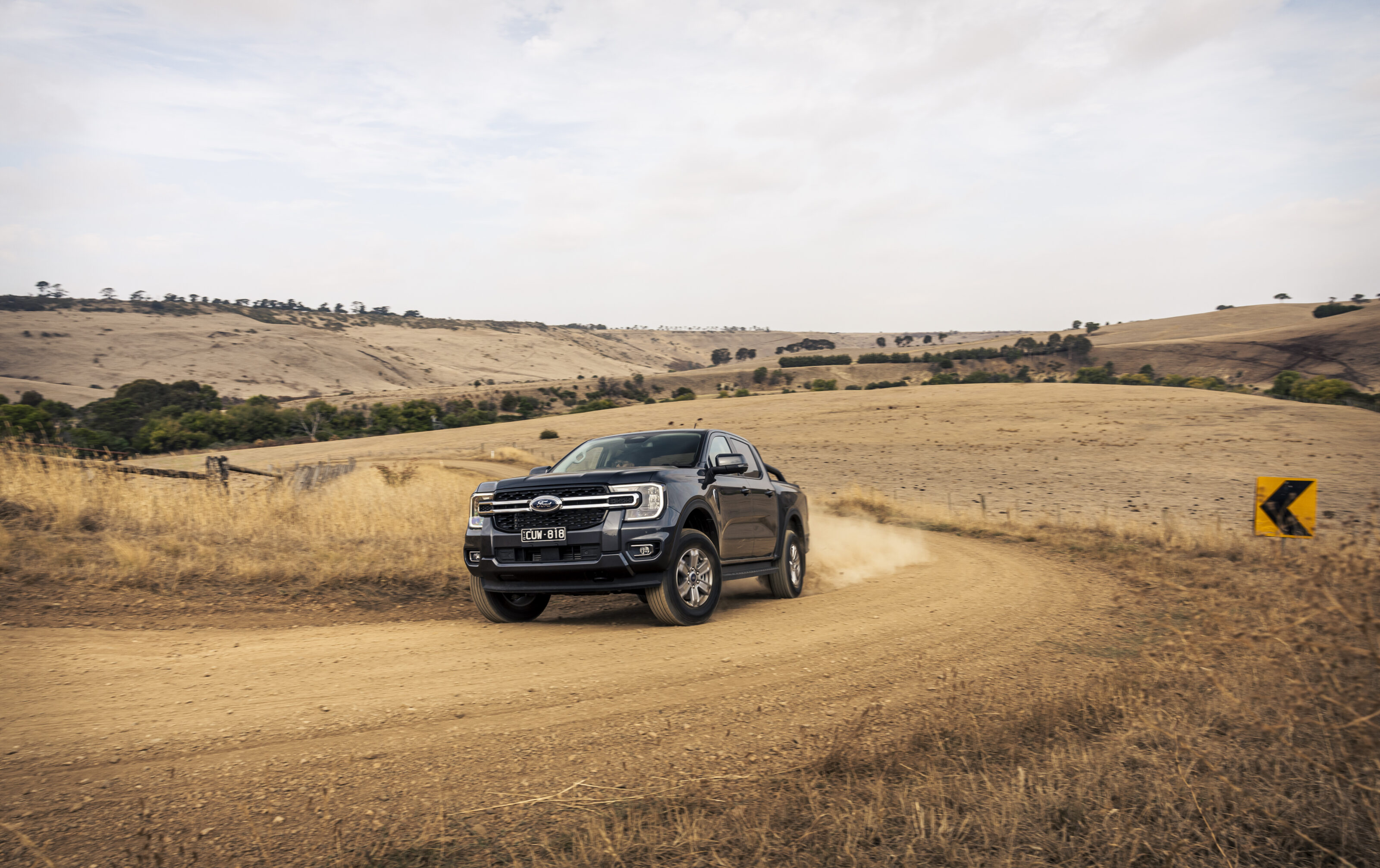
Even on some winding bitumen roads, the Ranger showed off steering and dynamics that, while not going to win any Performance Car of the Year awards, offered at least some semblance of driver engagement. You might almost have fun in the Ranger on a twisty road, whereas the other utes would simply tire you out. A Raptor version of a HiLux, D-Max or BT-50 would simply not work, but drive even a 2.0-litre Ranger and you can tell there’s a platform here capable of a performance variant. As is the case.
By comparison, the Toyota, Mazda and Isuzu feel heavy, awkward and unsure when punted through a bitumen corner at any speed not considered pootling. Driver appeal, they have little.
Perhaps most telling for this road-tester, personally, is that towards the end of our driving I found myself in the Ranger and uninterested in getting back in the other vehicles.
Of course, things might have been different if today’s test involved any towing or off-roading (it didn’t, save for some photography on an unsealed road). All utes here claim 3.5-tonne braked towing capacities although interestingly, it’s the Ranger that could be best set-up for towing to this weight with its generous 6350kg gross combined mass (GCM). The HiLux’s is a potentially skinny 5850kg while the Isuzu and Mazda, a more forgiving 6000kg. They are also slightly lighter vehicles.
The Ranger also has the most usable tray, the most spacious back seat (just), and could be the cheapest ute here to run. The 2.0-litre bi-turbo claims 7.2L/100km but from our test, we would estimate fuel use closer to 8.2L/100km combined. Five years of servicing is $2550.
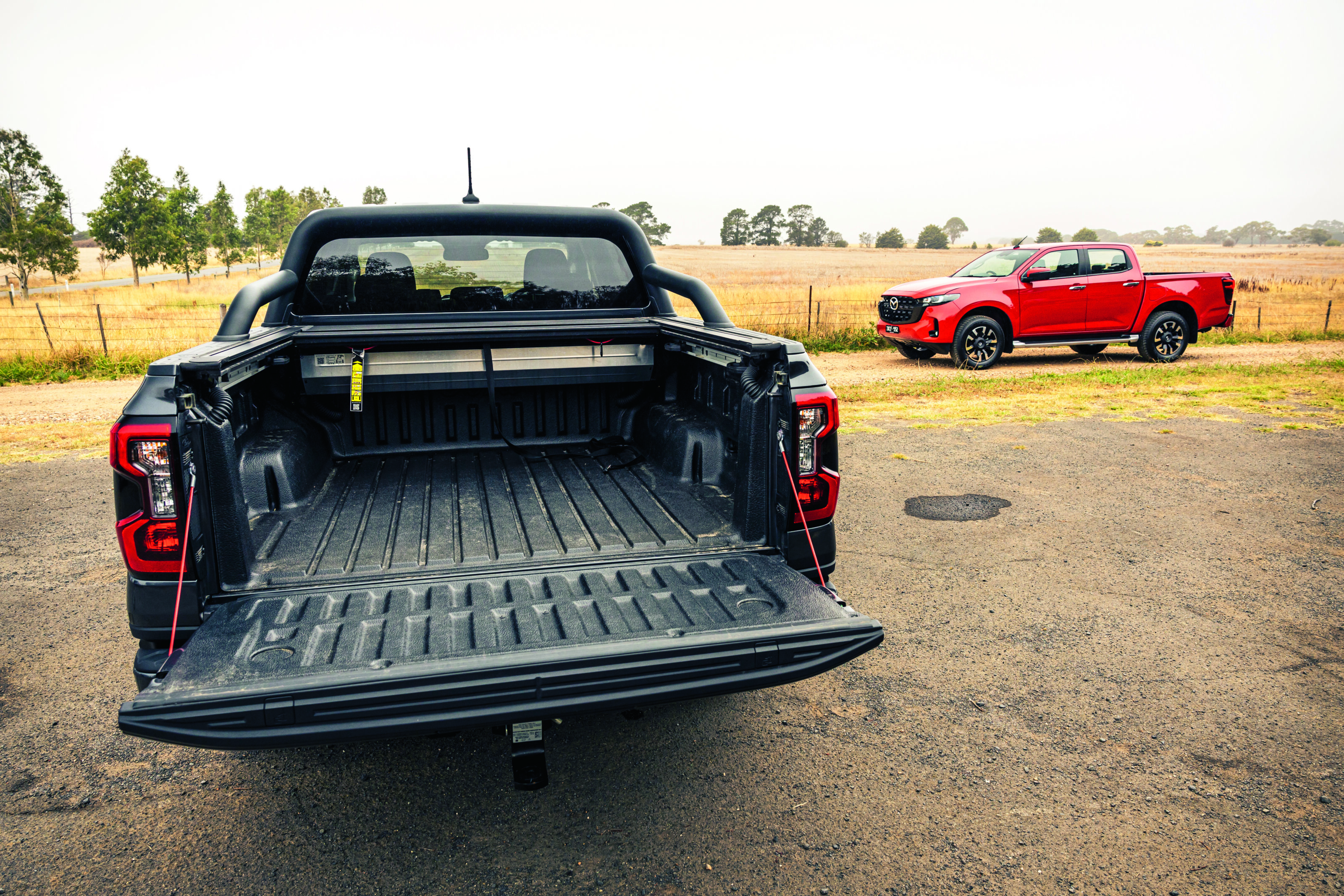
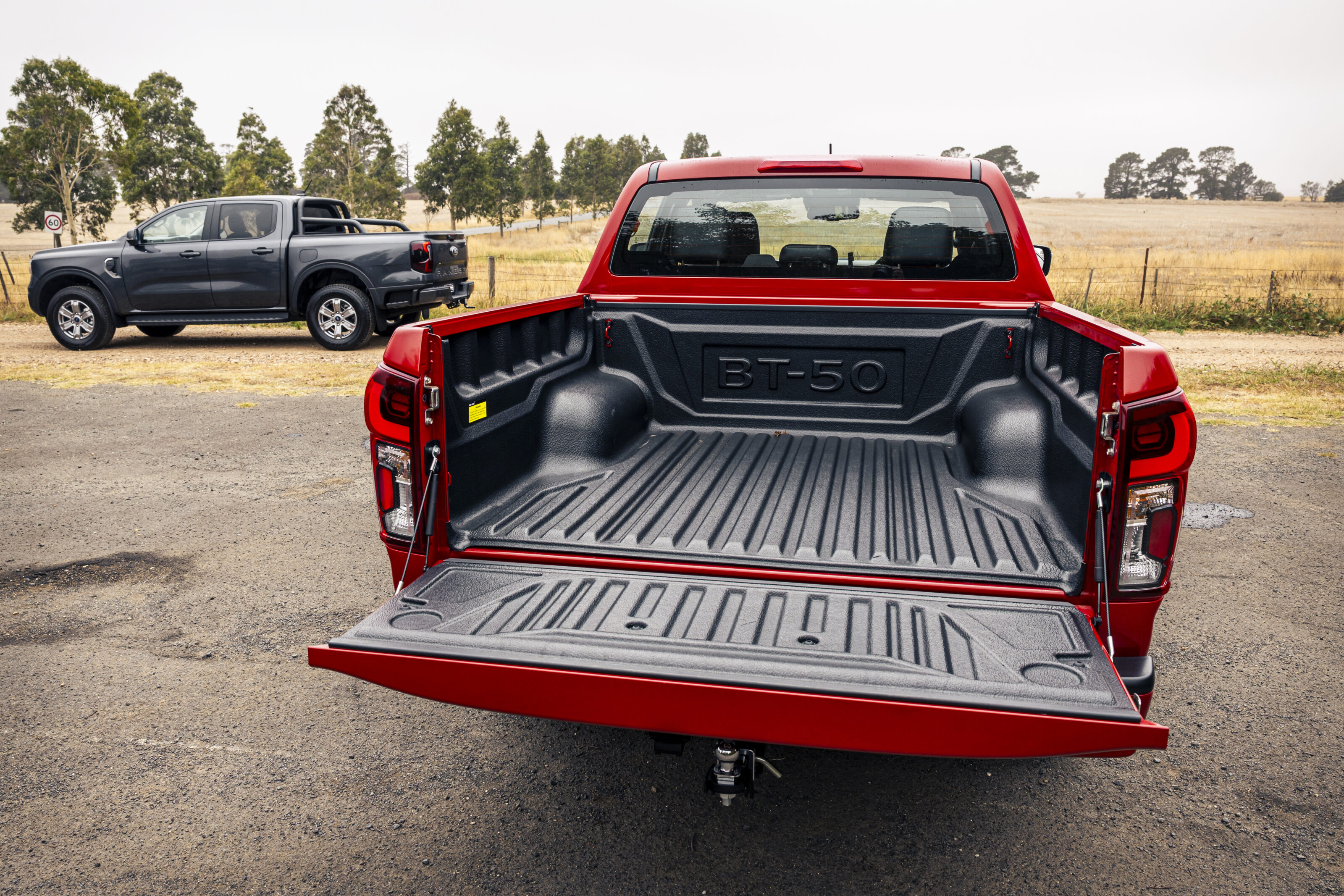
Our Mazda test vehicle was recording around 9.5L/100km, and the Isuzu 8.7L/100km, but we’d attribute this to a ghost in the system somewhere. Both claim 8.0L/100km and both could be expected to use the same amount of fuel in the real world. At $2345, the Isuzu is slightly cheaper to service over five years than the Mazda, which is $2498.
While the Ford, Mazda and Isuzu all have reasonably standard 15,000km/12 month service intervals, you’ll want to live close to a Toyota dealership with HiLux ownership, given the brand stipulates servicing every 20,000km or, somewhat annoyingly, six months. That means after five years, you’ll have visited a Toyota dealership twice as often as the other vehicles here. And at an eyebrow-raising cost of $3985.
For fuel efficiency, it seems Toyota should have fitted a 10-speed transmission before it bothered with the 48-volt system given you could be expected to use around 8.7L/100km in the real world. Toyota claims 7.2L/100km.
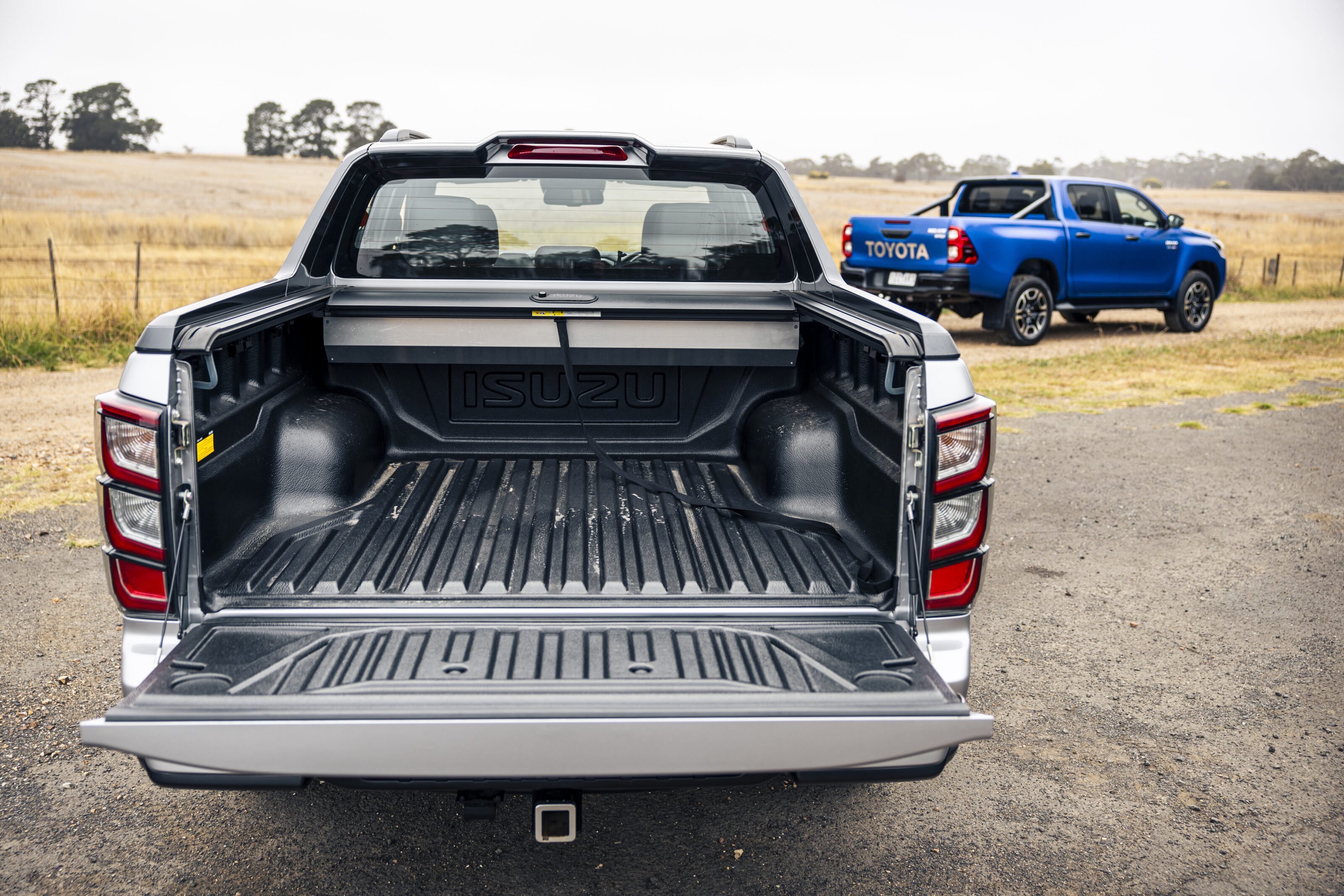

In the final reckoning, then, it’s perhaps unsurprising to see the Toyota HiLux cruise home in fourth place. While it remains a stalwart of the dual-cab ute world, only improved by the new 48-volt system, the HiLux’s interior hasn’t fundamentally changed in 10 years. Even with the optional Premium Interior, it just feels very last decade.
A new HiLux, due next year with presumably a totally new interior, is overdue.
It’s also pricey to service and hasn’t been crash-tested by ANCAP since 2019 (the others were tested in 2022).
This is still the ute you’d get if you wanted to buy a new vehicle and never have to replace it. It feels built to do a million kilometres. If you don’t care for the new 48-volt system, you may as well just buy a second-hand one. A new car warranty is worth little on a HiLux.
Third place goes to the Mazda BT-50. While it’s the freshest-feeling vehicle here – and we think the prettiest – it’s just a smidge pricier than the Isuzu ($670 more), a little bit more expensive to service ($153 more) and for most people, Isuzu’s six-year, 150,000km warranty will trump Mazda’s five-year, unlimited kilometre warranty.
The honest D-Max gets second place in this test, but depending on your personal circumstances it could easily swap finishing positions with the Mazda. If you were interested in either of these utes, and weren’t fussed by the styling differences, go to each dealer and ask for the best deal. That just might determine this bout of quasi-sibling rivalry in your own individual case.

That leaves, of course, the Ford Ranger.
If the HiLux just feels like an older vehicle, the BT-50 and D-Max at least feel like vehicles with modern exteriors and interiors (if old underneath). The Ranger, however, combines a modern exterior and interior with modern engineering.
The T6.2 is so much more mature a vehicle to drive than the others here, that this would have been a fairer test using the last-generation Ranger. Its interior feels fundamentally newer, we love the 10-speed auto and it drives in an almost SUV-like way that makes the HiLux, D-Max and BT-50 feel like light commercial vehicles.
Not just in sales, but in the way it drives, particularly in Australian conditions, the Ranger keeps the number “1” loud and proud on its door today.
A new twin-turbocharged V8 engine has been revealed at Auto Shanghai 2025 by Chinese giant GWM. To be used in a range of products, the new V8 has been in development for more than three years and will debut in a new special edition Tank 300.
Displacing 4.0-litres and combined with twin turbochargers, the new V8 engine will be paired with a plug-in hybrid system to both boost performance and reduce emissions – the latter a big reason as to why we haven’t seen an all-new V8 engine from any car maker for a long time.
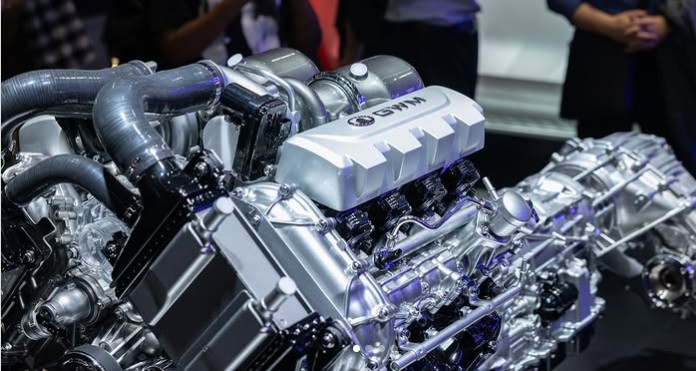
According to GWM executives at the Shanghai show, it’s designed to run electrically in the city and then provide V8 performance for situations such as towing.
The company is yet to reveal any power or torque figures for the engine, but it will rev to 8000rpm and features dual fuel injection and oil pumps. The electric motor is sandwiched between the engine and transmission.
What it will power is also unknown at this stage, though it’s reportedly designed for a new range of luxury cars being developed, as well as future models in the Tank 4WD brand – potentially the new limited edition Tank 300 Hooke revealed at the Shanghai show.

But the V8 PHEV system will even go into the rumoured full-size truck that GWM reportedly wants to enter the North American market with, though the current US political climate has reportedly stalled those plans.
GWM is yet to announce formal plans for the new V8 PHEV for Australia, though considering the speed at which the company develops products, it’s likely not far away.
MG Motor Australia has launched a new variant of the Cyberster electric roadster, which has traded the dual-motor all-wheel drive drivetrain for a rear-drive one with a lower starting price of $99,900 plus on-road costs.
Removing the front motor has reduced the Cyberster’s outputs from 375kW/725Nm to a still-healthy 250kW/475Nm, while the 0-100km/h sprint time has increased by two seconds to 5.2, which is still quick.
Using the same 77kWh battery as the AWD car, the RWD Cyberster’s range increases from 500km to 552km (NEDC) thanks to its 135kg lesser weight.
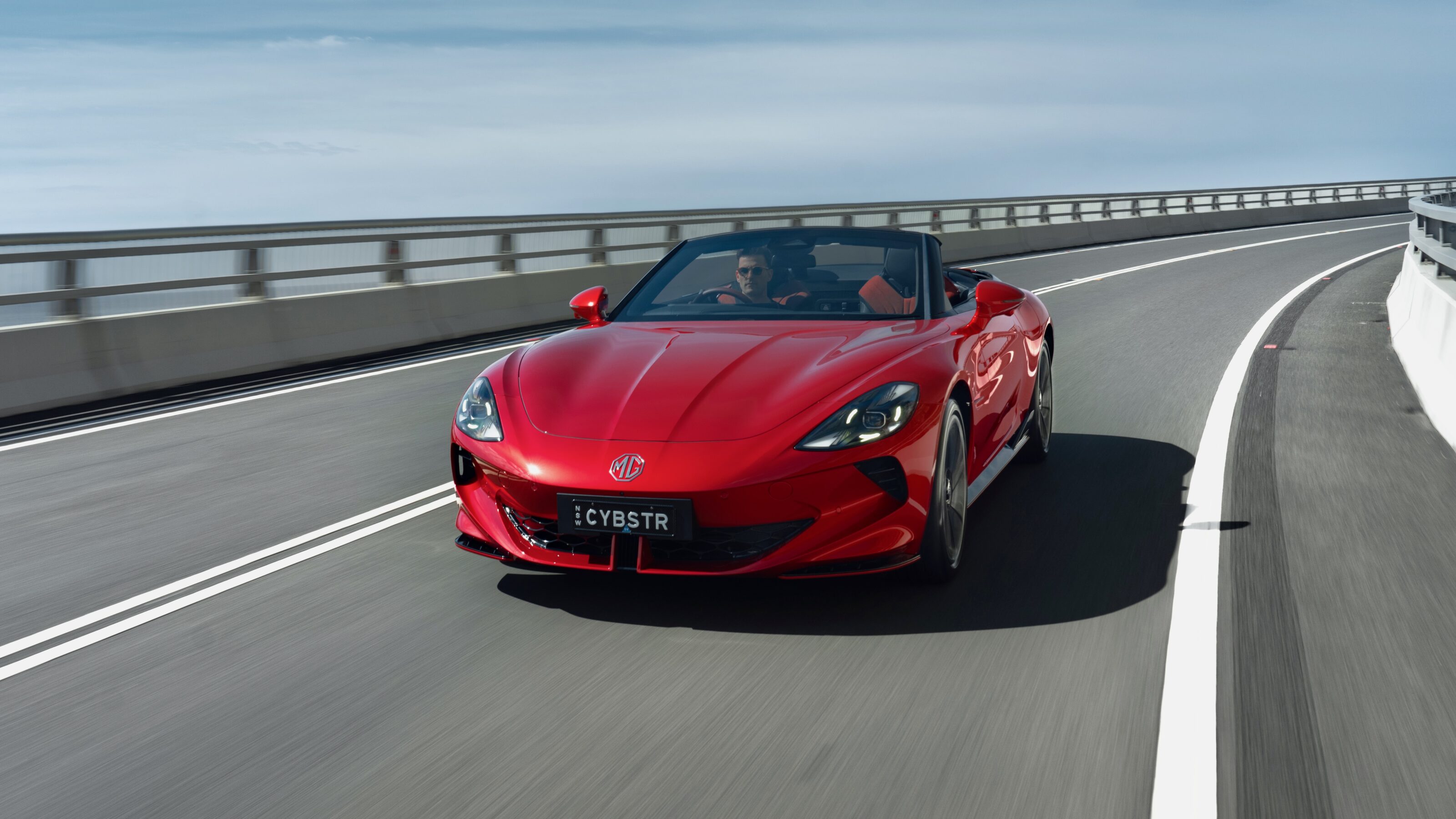
Aside from the drivetrain, there have also been a few changes to the RWD Cyberster: its wheels are now an inch smaller at 19-inches, and the AWD’s suede interior has been replaced with Nappa leather trim.
The company has also added a new ‘Mayfair Blue’ colour, which is available across the Cyberster range joining the already-available ‘English White’, ‘Sterling Silver Metallic’, ‘Camden Grey Metallic’, ‘Royal Yellow Premium’ and ‘Diamond Red Metallic’.
Otherwise, the MG Cyberster range remains the same: it can be charged from 10 to 80 per cent in as little as 40 minutes using a 150kW DC fast charger.
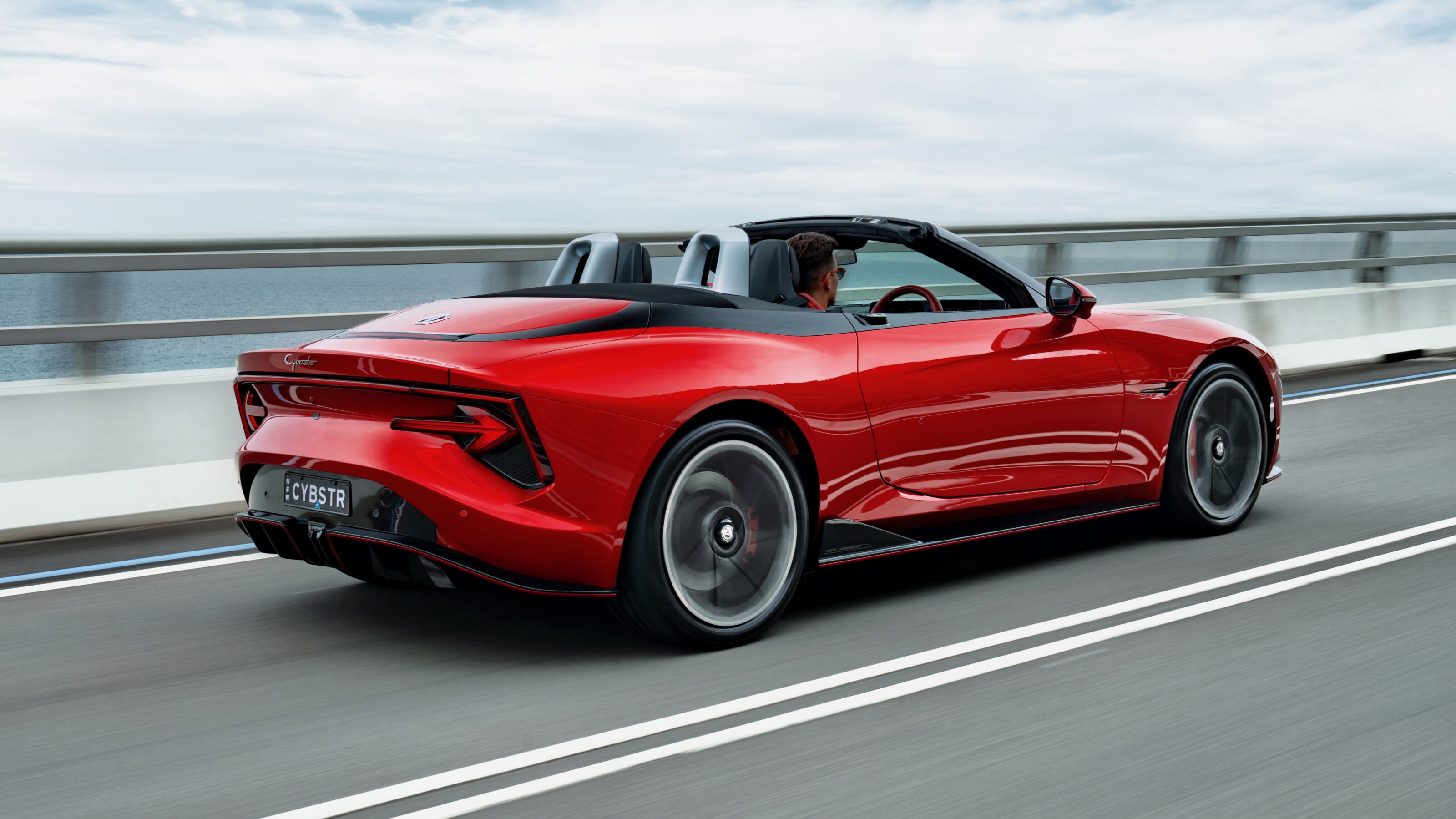
Standard equipment includes automatic LED exterior lighting, an eight-speaker Bose sound system, a 7-inch touchscreen with two 7-inch touchscreens either side of the steering wheel, electric seats with heating, Apple CarPlay and Android Auto and 12 months’ access to the company’s ‘iSmart’ remote smartphone app.
The ‘MG Pilot’ suite of active safety features is also standard, including autonomous emergency braking, adaptive cruise control, adaptive lane guidance, blind-spot monitoring, rear cross-traffic alert, lane keeping assistance, auto high beam and a 360-degree camera.
MG Cyberster pricing (plus on-road costs):
| RWD | $99,900 |
|---|---|
| AWD | $115,000 |
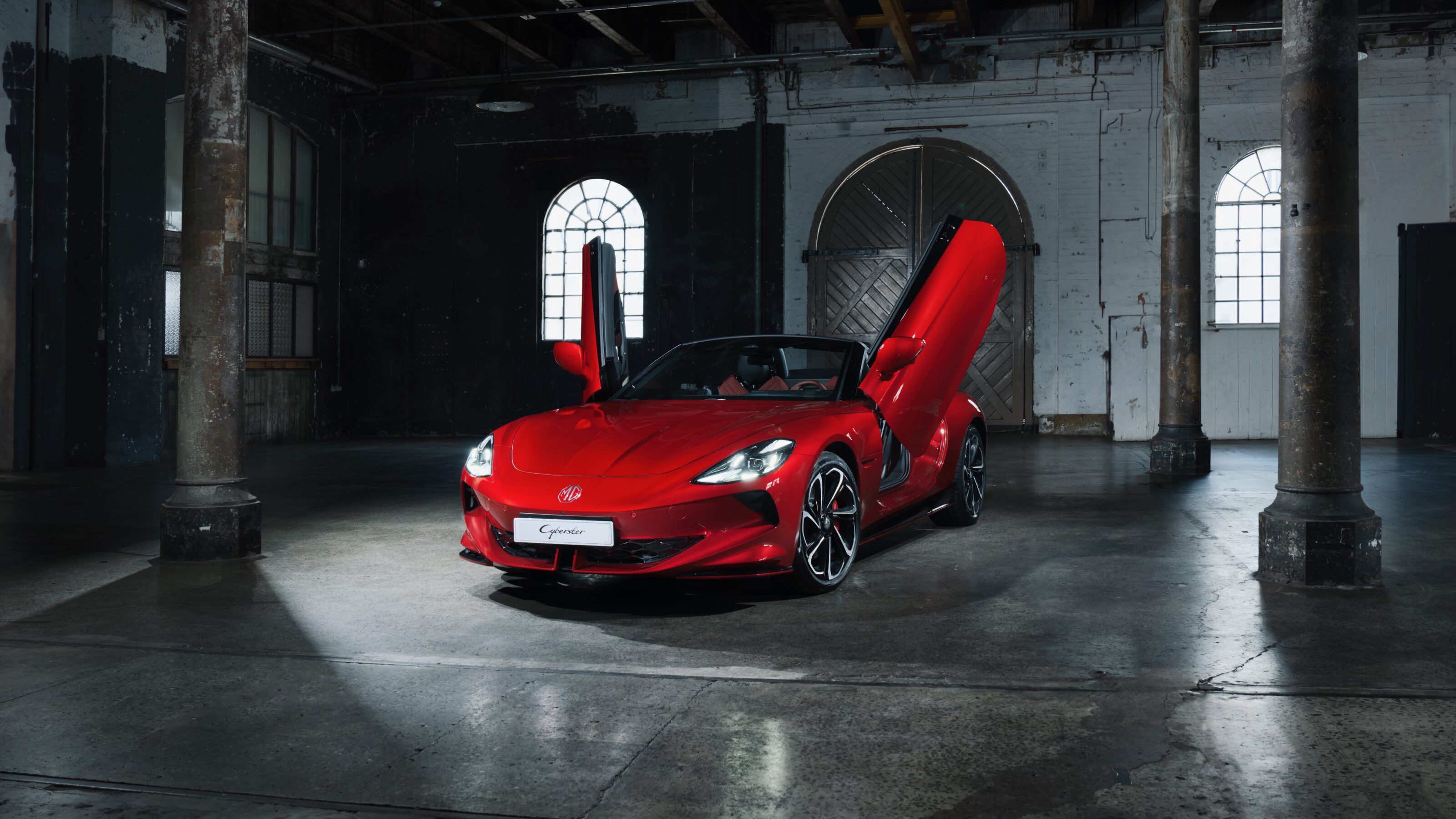
The new MG Cyberster variant is now available to order and will enter local MG showrooms soon. The Cyberster was a contender in the most recent edition of Wheels Car of the Year.
The BYD Yangwang U8L has been revealed at Auto Shanghai 2025 as the new flagship of the BYD range. Measuring a huge 5.4 metres long, the U8L is even larger than Range Rover, Toyota LandCruiser and Nissan Patrol rivals.
Shown in a distinctive gold and black two-tone paint job and huge 23-inch wheels, the U8L also features 24-carat gold badging.
Yangwang, BYD’s premium brand, launched the U8 in China in 2023 priced at around A$220,000 while the U9 battery-electric supercar joined the line-up in 2024.

Under the bonnet of the U8L is a plug-in hybrid drivetrain combining a 2.0-litre turbo-petrol engine with four electric motors making a total of 880kW of power and 1280Nm of torque. The standard U8 hits 100km/h in just 3.6 seconds and it hits a limited top speed of 200km/h.
The claimed driving range for the U8 on the Chinese cycle is 1000km with 180km under electric power alone from its 49kWh battery. It can be DC fast charged up to 110kW, and supports vehicle-to-load functionality as well.
The U8L features the same emergency water flotation system as the U8, as well as the ability to perform at 360-degree tank turn on the spot.
The U8 has a maximum wading depth of 1000mm, which is extended to 1400mm in the Master Edition that also features a snorkel. Despite its huge 3460kg weight, the U8 can remain afloat for up to 30 minutes in deep water.

The U8L features the ‘God’s Eye A’ driver assistance system (ADAS). Utilising a three-LiDAR set-up, it supports functions such as Highway and Urban Navigate on Autopilot (NOA), automated parking, remote parking, and an automatic parking system.
While BYD is yet to reveal the U8L’s interior, it’s likely to be quite similar to the standard U8 with features such as Nappa leather upholstery, six screens – including a massive 23.6-inch screen for the front passenger, a 12.8-inch touchscreen and a 70-inch head-up display. Audio is handled by a 22-speaker Dynaudio sound system.
BYD is yet to confirm if the U8L will be headed to Australia, though it is produced in right-hand drive for the Thai market.
Struggling manufacturer Nissan has hosted two important product reveals at the 2025 Shanghai Motor Show with the Frontier Pro plug-in hybrid ute and N7 electric sedan.
Using its joint venture with Chinese car maker Dongfeng, Nissan will take on BYD in its home market with the new vehicles aimed straight at current BYD products like the Shark ute, and based on products already sold in China but with different styling and features.
Frontier Pro
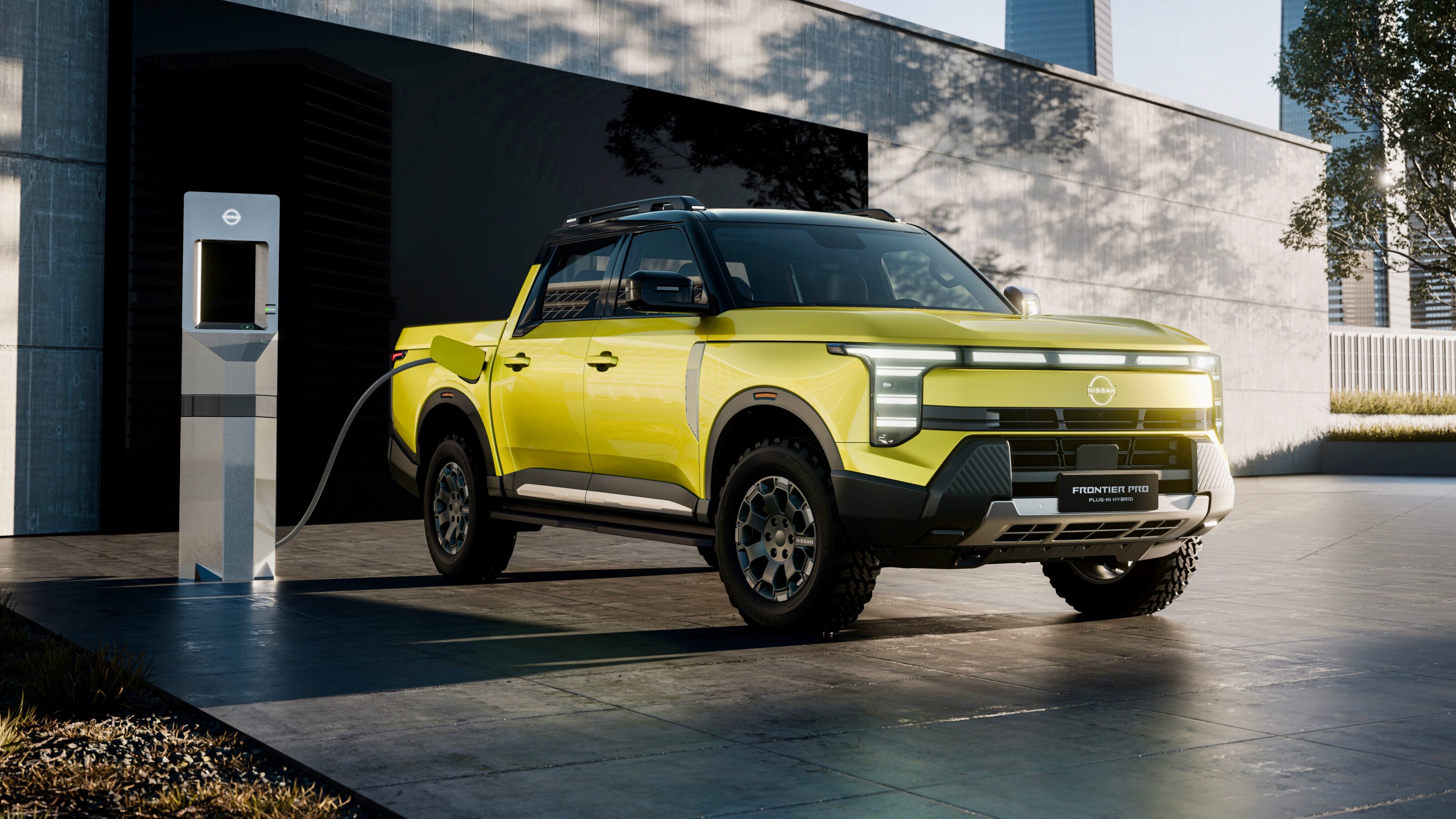
To only be offered as a plug-in hybrid, the Frontier Pro uses a turbocharged 1.5-litre petrol engine with an electric motor integrated into the gearbox for outputs of “over” 302kW/800Nm.
Featuring a 33kWh battery, the Frontier Pro is reportedly capable of travelling 135km on electric power, 1,046km on hybrid power and offering the crucial 3,500kg capacity.
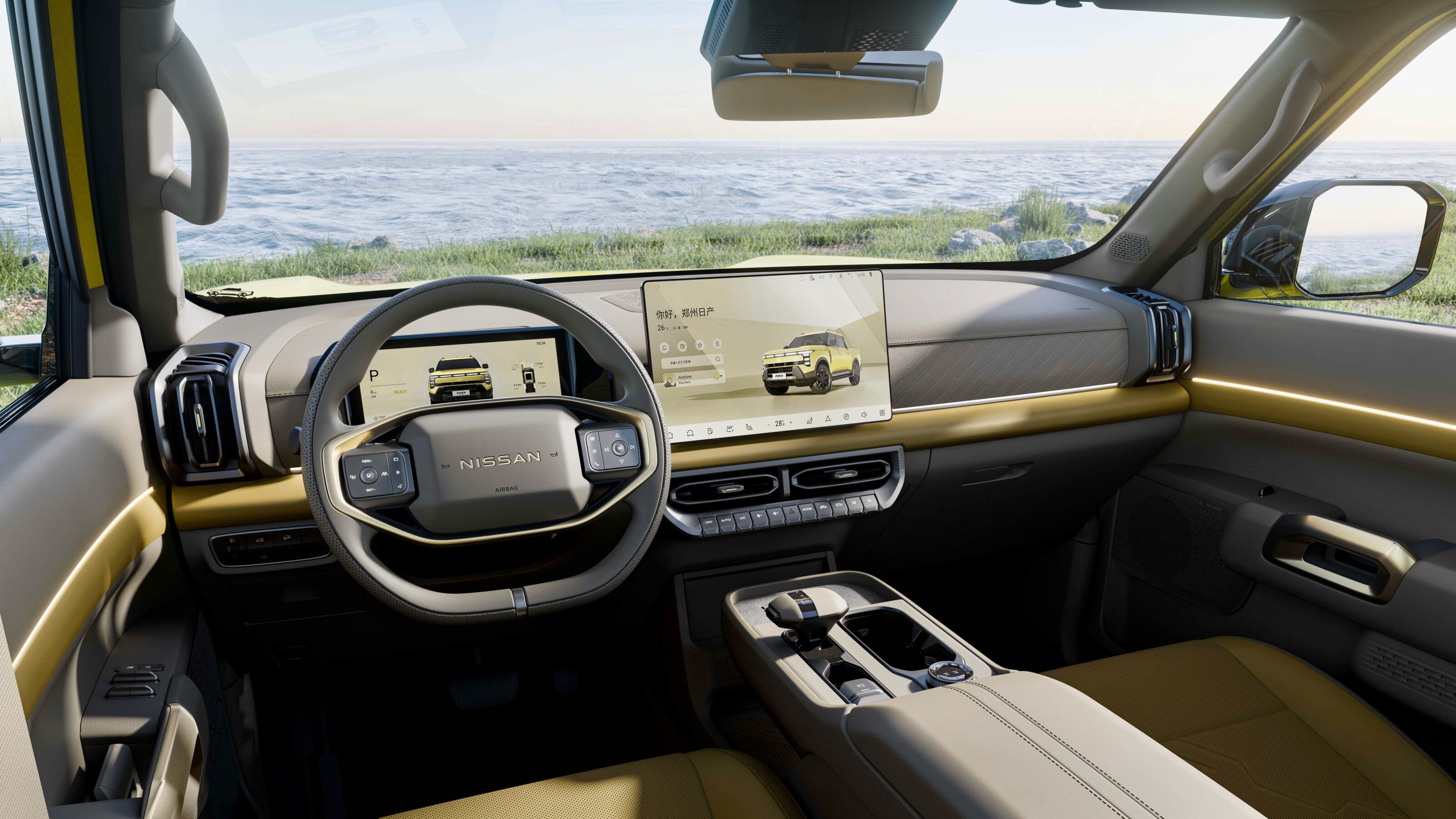
But while the Frontier Pro was revealed in China, Nissan executives have confirmed that it will be eventually sold in more global markets – possibly including Australia, where it will be differentiated from the more heavy duty next-generation Navara.
The Frontier Pro’s interior looks luxurious in comparison to the current Navara with a lemon-coloured leather-covered interior with a 14.6-inch touchscreen.
N7
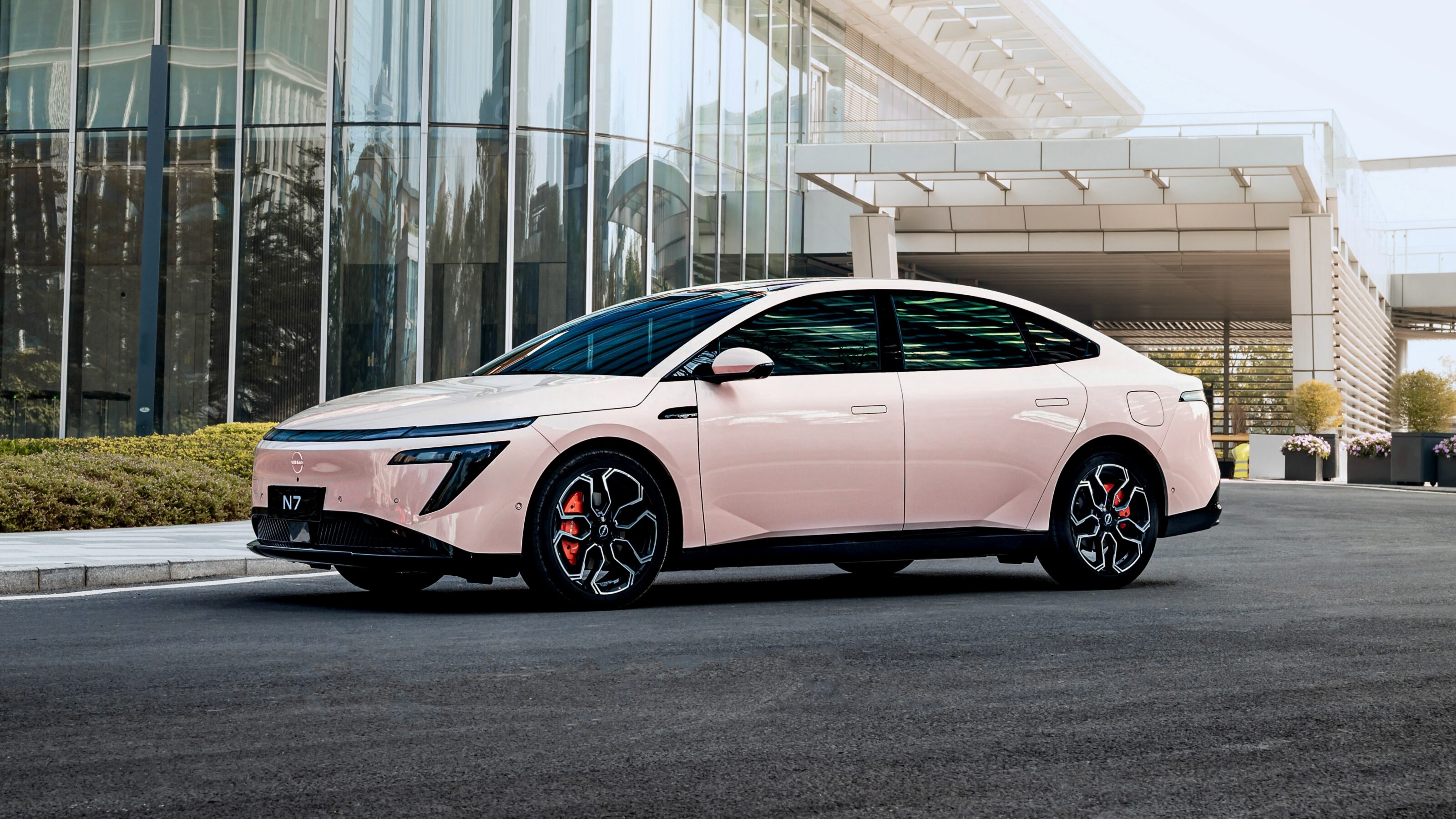
Another joint venture with Dongfeng based on one of its models, the Nissan N7 is the brand’s first electric sedan and will rival cars such as the Tesla Model 3 and Hyundai Ioniq 6 in the critical Chinese new car market. Unlike the Frontier Pro, global sales plans for the N7 are yet to be announced.
Measuring almost five metres long, the N7 is a large sedan that offers up to 635km of electric driving range on the Chinese cycle and features a coefficient of just 0.208.
Two lithium ion phosphate (LFP) batteries will be available: 58kWh and 73kWh, both with a 400-volt architecture for a claimed 10 to 80 per cent charge in as little as 19 minutes. All N7s are front-wheel drive and 160kW and 200kW power outputs will be available.

Inside the N7 is a luxurious cabin with lots of leather trim and futuristic design elements. The front seats use an adaptive AI-based posture system and 12-point massaging functionality, while a 15.6-inch touchscreen features a Qualcomm Snapdragon processor and 14 speakers.
The Nissan Frontier Pro will go on sale in China and other markets later in 2025 and 2026, with local plans yet to be confirmed.
Ever dreamed of owning a true Aussie classic?
How about this fully restored 1974 Ford XB Falcon Hardtop 429 Stroker? These XB Falcon Coupes are iconic Aussie muscle cars and this one has been neatly restored and fitted with a bunch of great upgrades to make it a tough street car.
This stunning restoration is valued at $200,000 (excl. GST and govt. charges) and is the latest car being given away by Classics as part of our mission to support Aussie veterans.
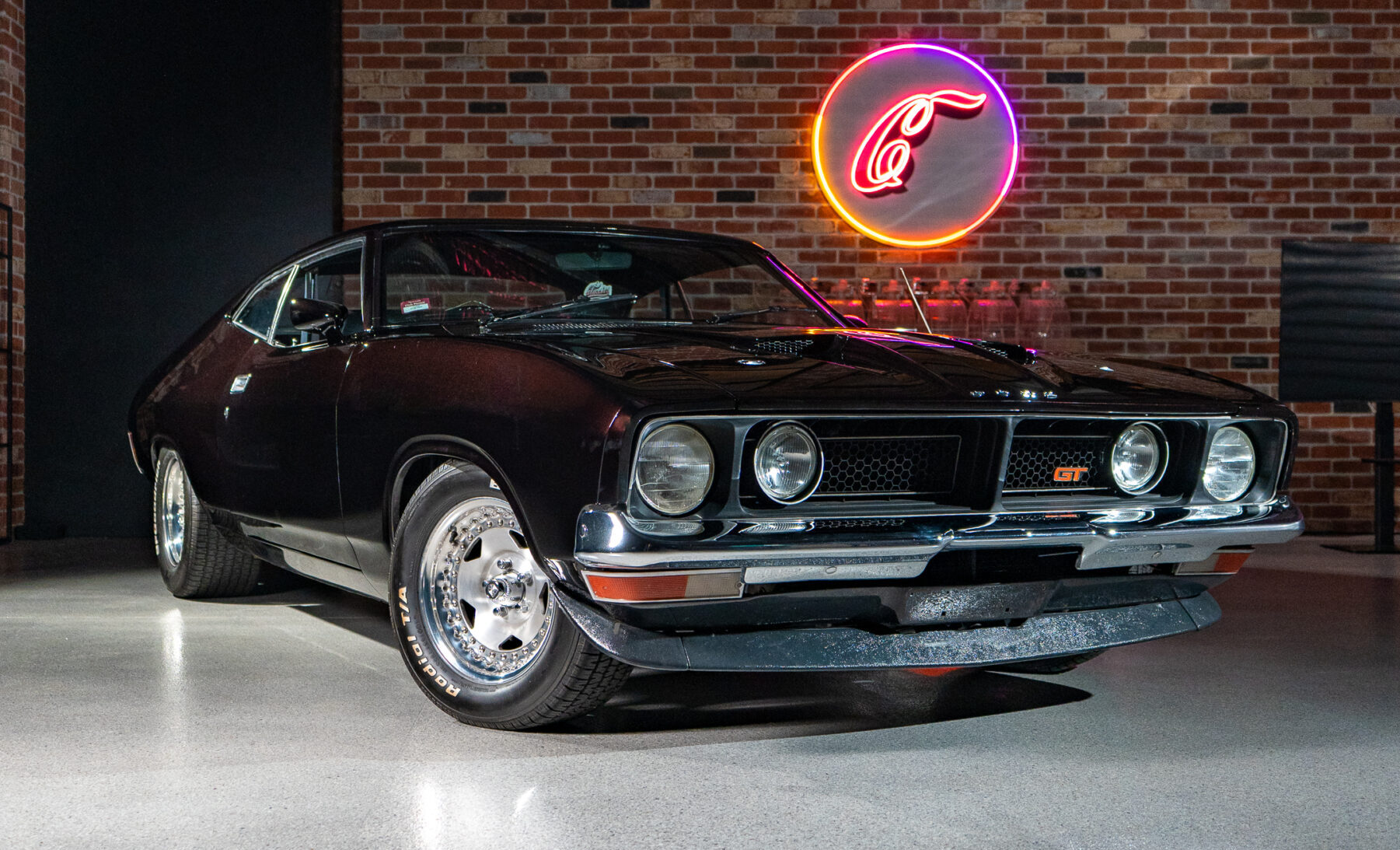
By signing up as a member of our Classics Retro Rewards, you automatically go in the draw to win this fantastic car, with more chances to win depending on the package you take. Membership packages start at just $30 and offer discounts on a huge range of products and services Australia-wide – discounts you won’t find anywhere else. A VIP option gives you access to additional benefits and even more chances to win.
To find out more, go to: classicsforacause.com.au
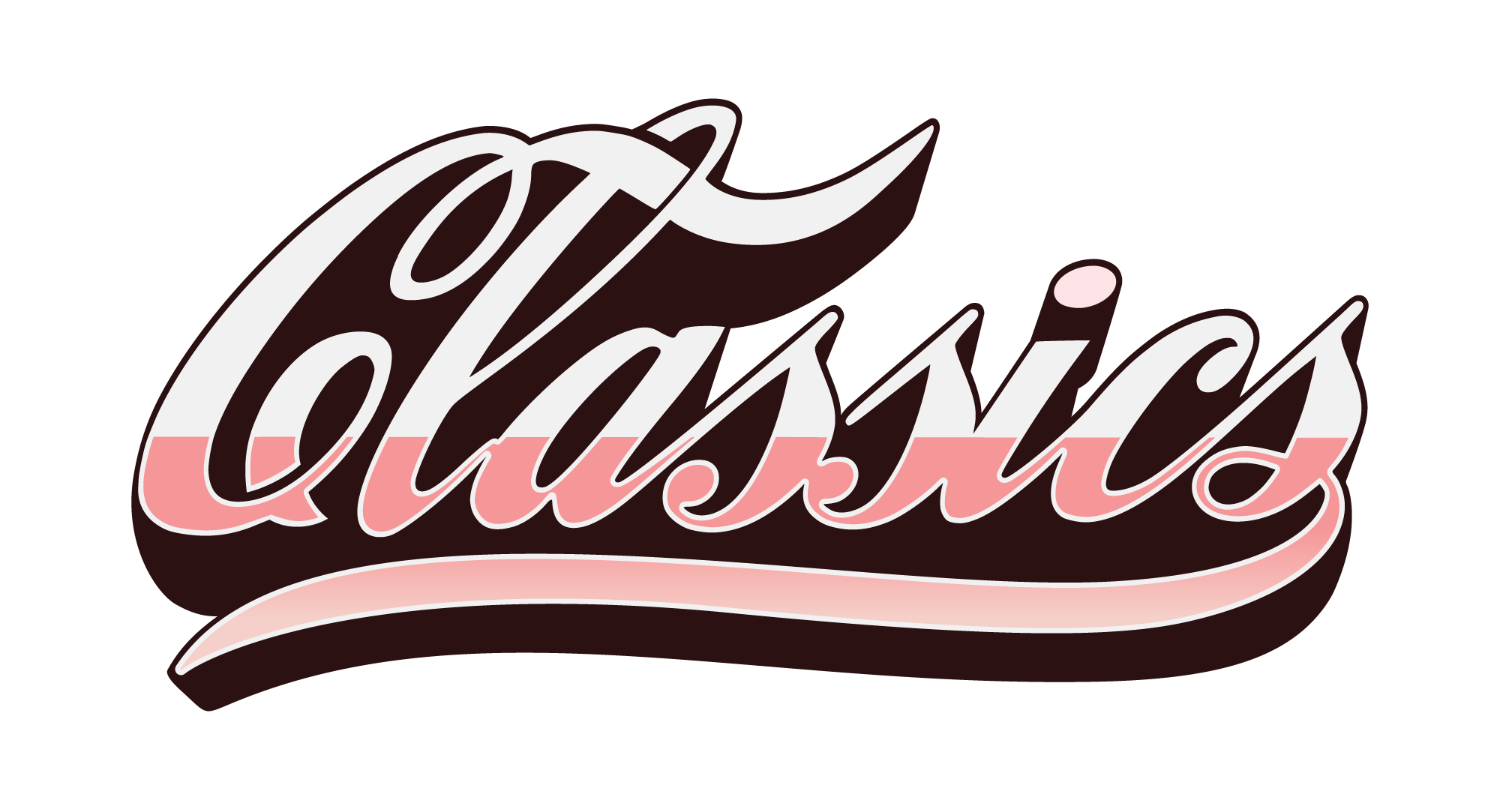
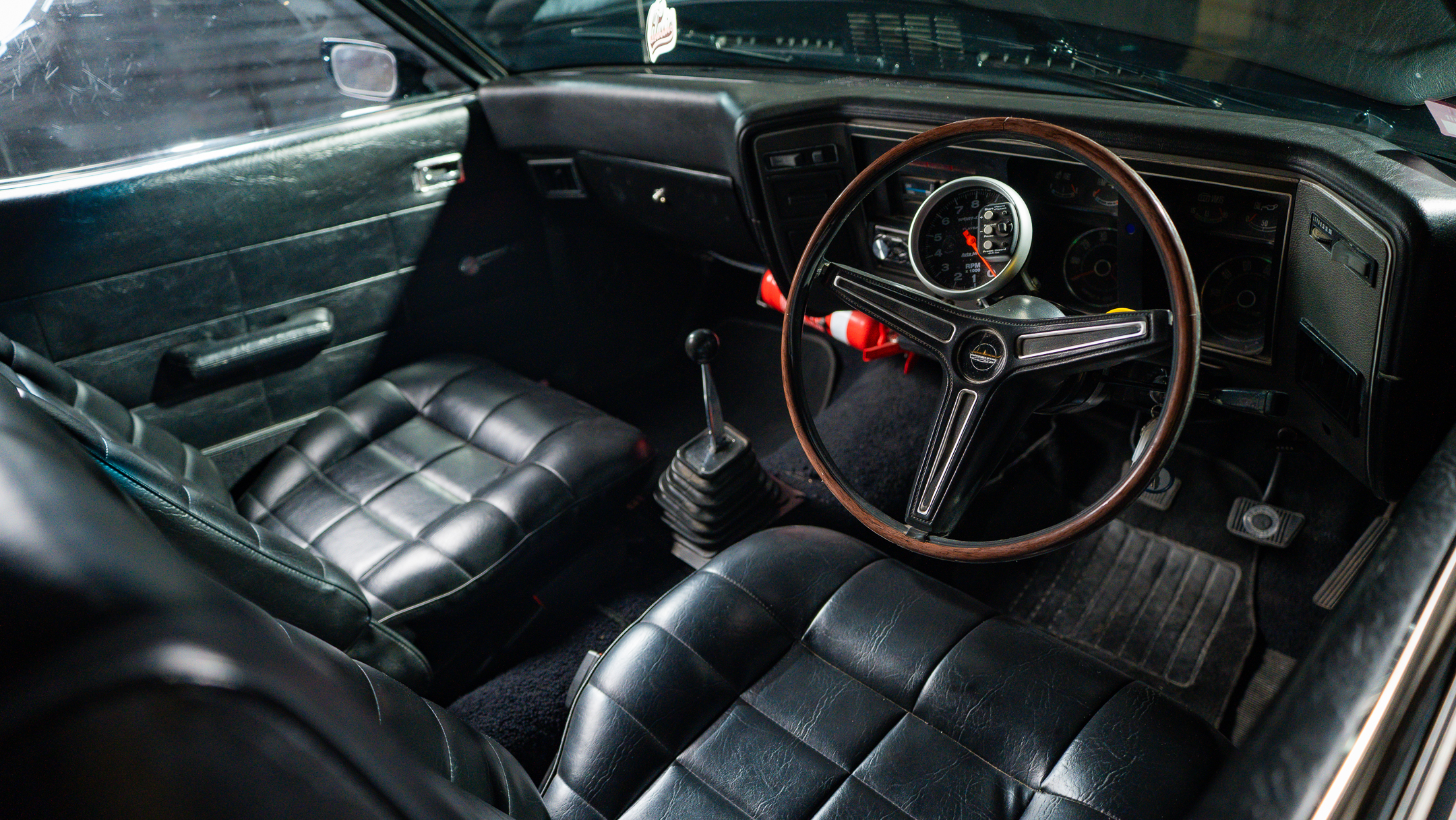
From zero to hero
The car was purchased by the current owner as a bare shell back in 2010 before it was stripped to bare metal in 2011 and all rust removed. The replacement panels were actually sourced from a Mercedes Benz 560SL as it was the same gauge metal and better quality than anything new at the time.
The car is fitted with a GT-style vented bonnet with bonnet pins. The car has been flow coated with
three coats for a deep lustre, the colour being a unique Coca-Cola custom based off Mercedes Obsidian Black with a very slight red/brown pearl in the light. The chrome was all refinished at the same time and triple plated by Sterling Plating in Melbourne. There is a GT grille and spotlights, GT Badges and front spoiler.
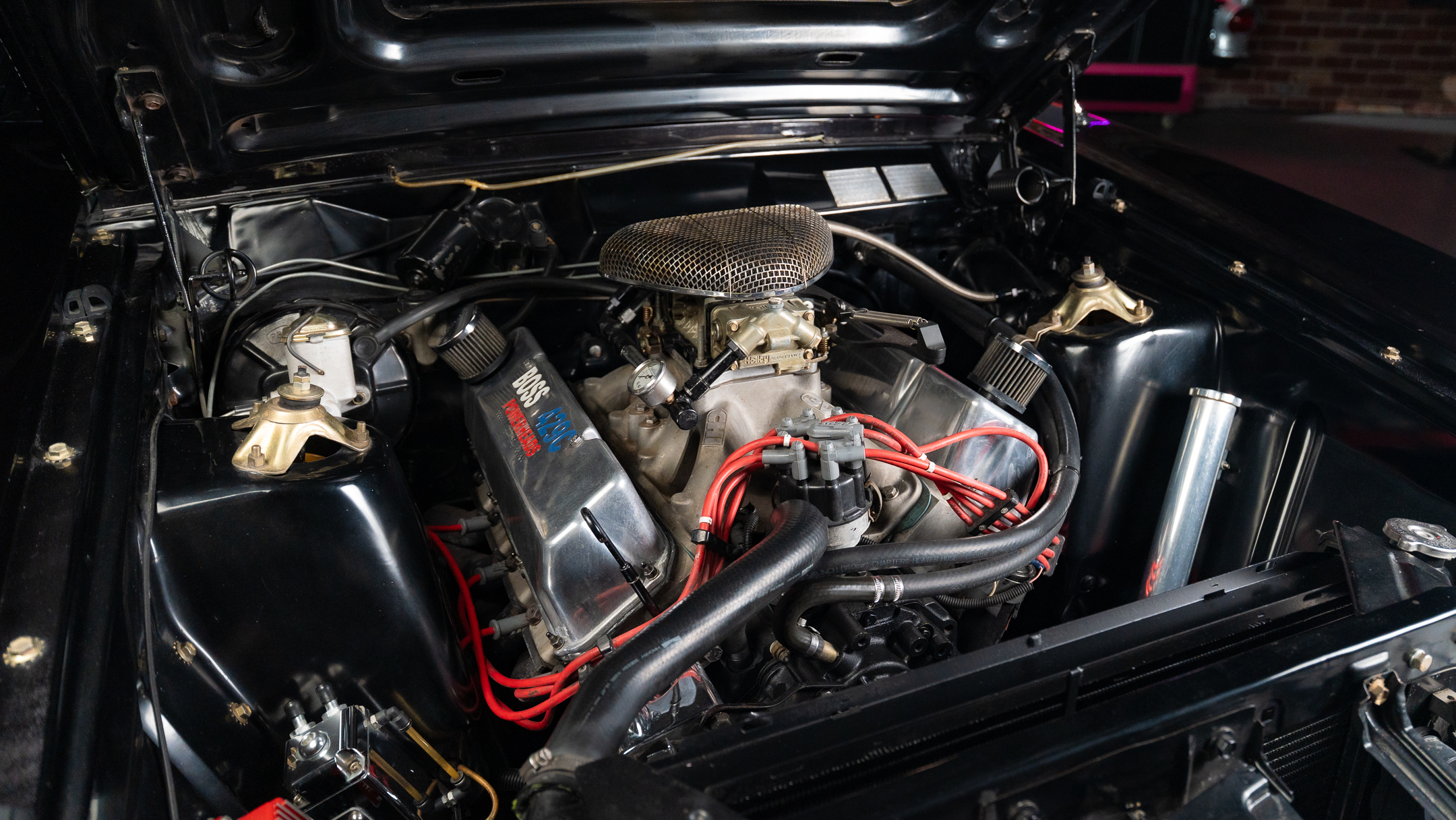
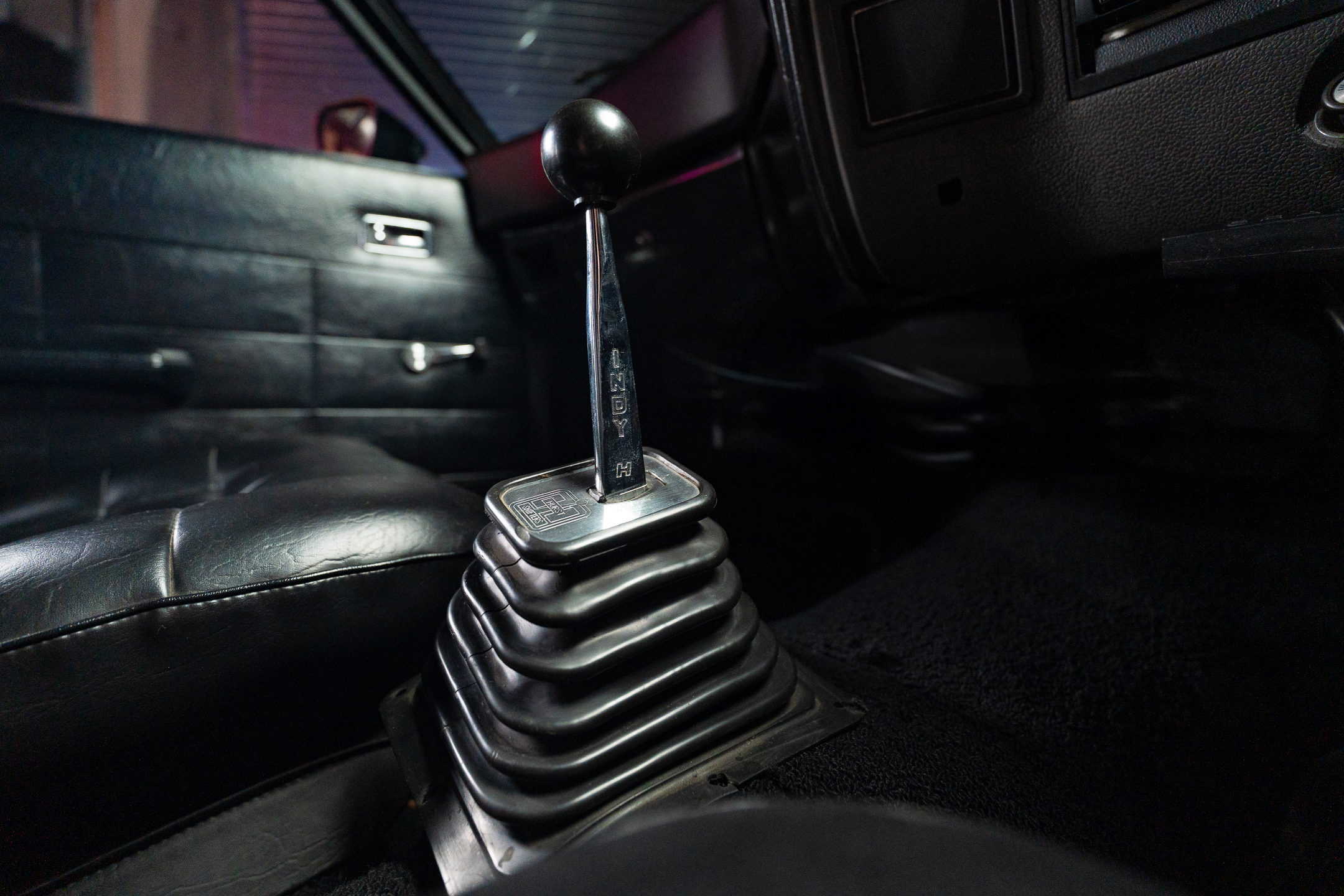
To complete the mild custom look, the car sits on a set of new 15” Centreline Convo Pro wheels in the widest fitment available for an XB Coupe and wrapped in BF Goodrich white lettered tyres. Open the door to discover a refinished interior to match the exterior, trimmed to factory GT specs in black vinyl by Reservoir Motor trimmers in Melbourne.
There is an AutoMeter Monster Tacho mounted to the steering column with shift light to make sure you nail the gear changes. There are three pedals on the floor with a Hurst manual shifter poking up through the floor. An aftermarket stereo system has been fitted for tunes, including an amplifier and subwoofer in the boot.
Pop the bonnet to find a tough built 429ci Cleveland V8 engine built by Powerheads Engineering in the USA in 2013. The car makes 456 hp at the rear wheels (560hp at the fly) and is good for a mid-12 second quarter mile. The engine is paired to a four-speed Top Loader manual transmission that has been blueprinted with all steel gears, and new synchros in 2019 by Trans gears and diffs in Melbourne.
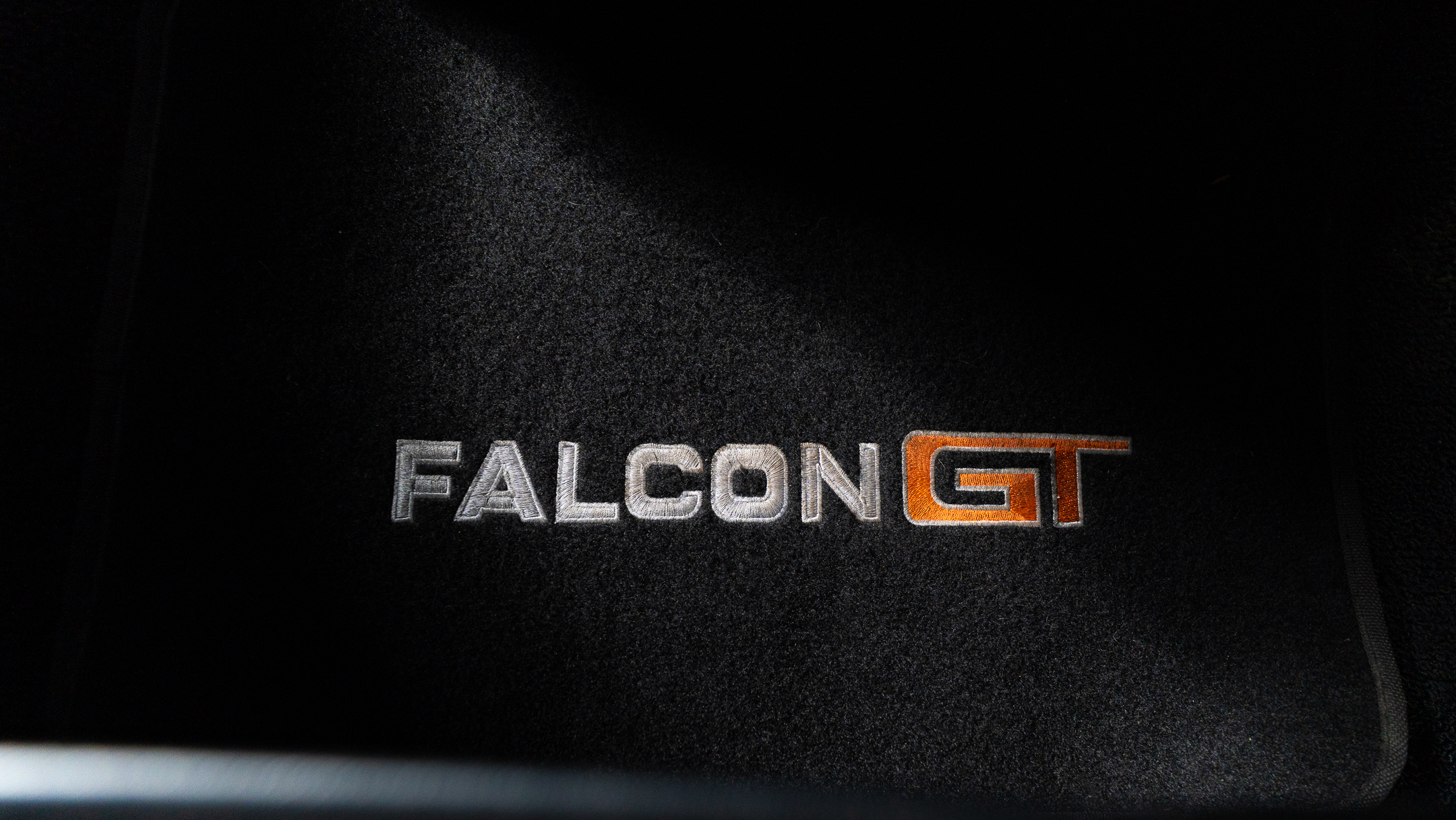
Power is fed to the rear wheels through a Ford nine-inch diff with Eaton Trutrac centre, 3.55 gears and 31 spline billet axles. The suspension and steering components were all rebuilt to GT specs. The brakes are fully rebuilt and are power boosted four-wheel discs.
How to enter
To be in the draw to win this amazing 1974 Ford XB Falcon Hardtop 429 Stroker, join Classics Retro Rewards at classicsforacause.com.au before 6pm, May 16, 2025.
Bonus Prizes
For this draw, Classics are also offering 200 runner-up prizes that include 100 Gold memberships worth $100 each and 100 1-month VIP trial memberships.
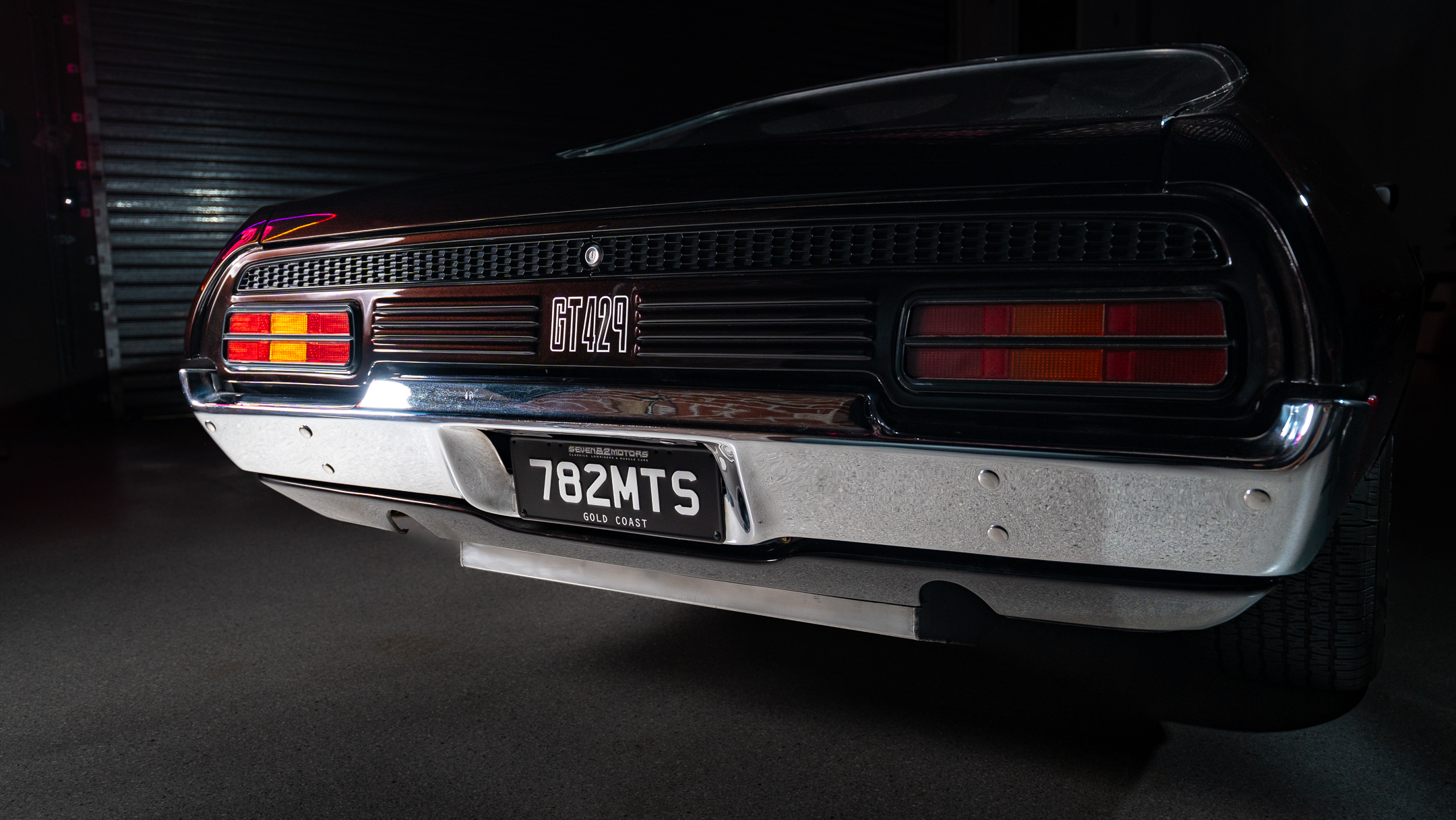
The mid-size SUV segment is the most popular in Australia and with good reason: they’re well sized, very practical and for an SUV, good to drive and relatively fuel efficient. They make excellent family cars and with more than 25 options on the market, how does one choose?
Here are five value-packed mid-size SUVs priced at under $40,000 drive away.
Mahindra XUV700
- Price: from $39,990
- Engine: 2.0L turbo petrol, 149kW/380Nm, 6-speed automatic, 2WD
- Combined fuel consumption: 8.3L/100km
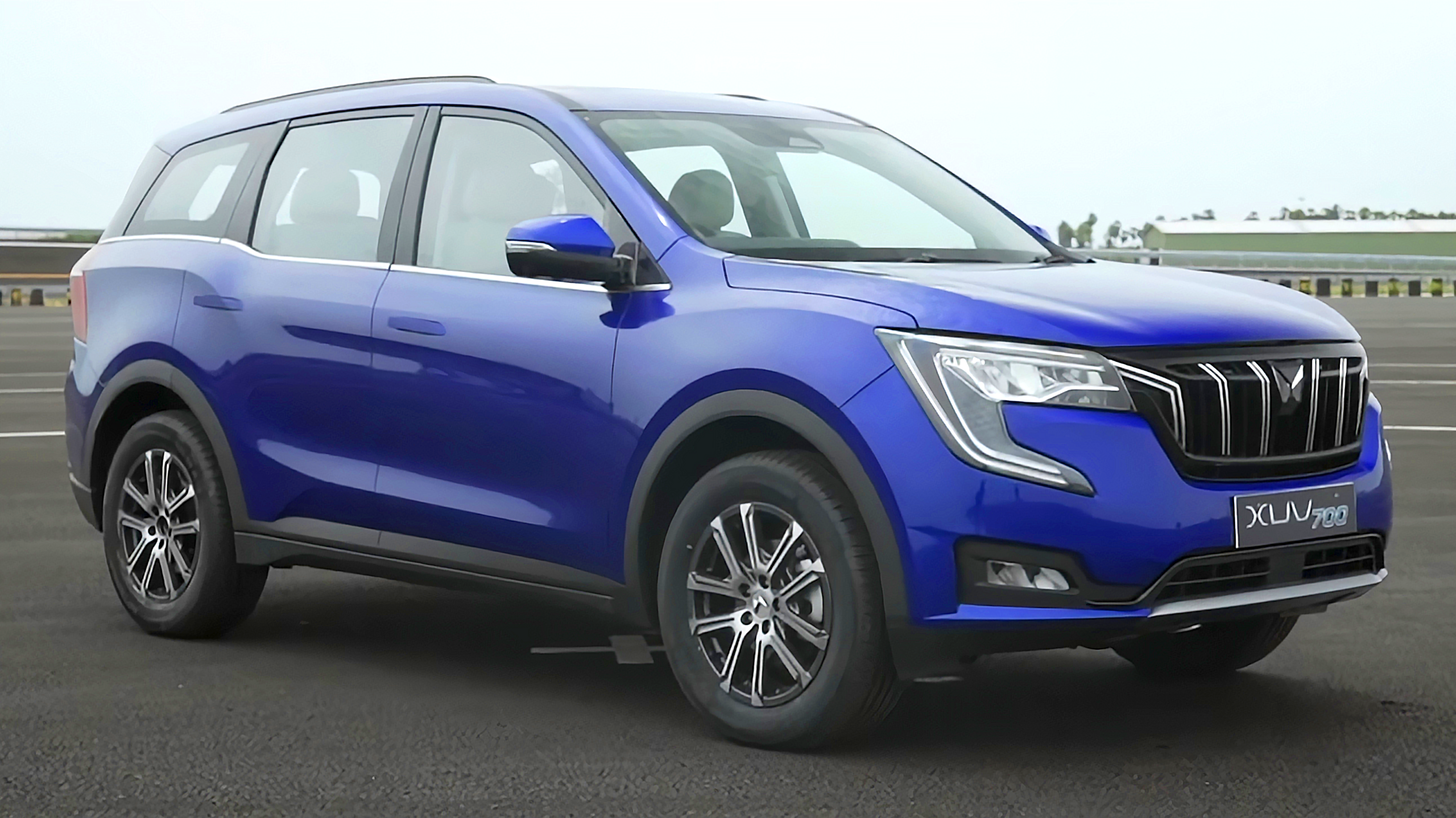
The Mahindra XUV700 is a top value mid-size SUV priced from just $39,990 drive away for the
entry-level AX7 and offering seven seats, making it ideal for larger families. There is also a top-spec Black Edition for only $43,990.
A gutsy turbocharged 2.0-litre petrol engine sits under the bonnet mated to a smooth six-speed automatic transmission.
Standard equipment is generous with features like 18-inch alloy wheels, leatherette upholstery, six-
way electric driver’s seat adjustment with memory, a panoramic sunroof, dual 10.25-inch screens,
Apple CarPlay and Android Auto and a suite of active safety features such as autonomous
emergency braking, adaptive cruise control and a reversing camera.
The XUV700’s interior is modern, good quality and practical. While Mahindra doesn’t provide
space figures, it’s estimated to hold around 150 litres behind the third row, with folding those seats
adding another 500L to the total – or more than enough for your family. Add in the seven-
year/150,000km warranty and the XUV700’s overall value is strong.
Chery Tiggo 7 Pro
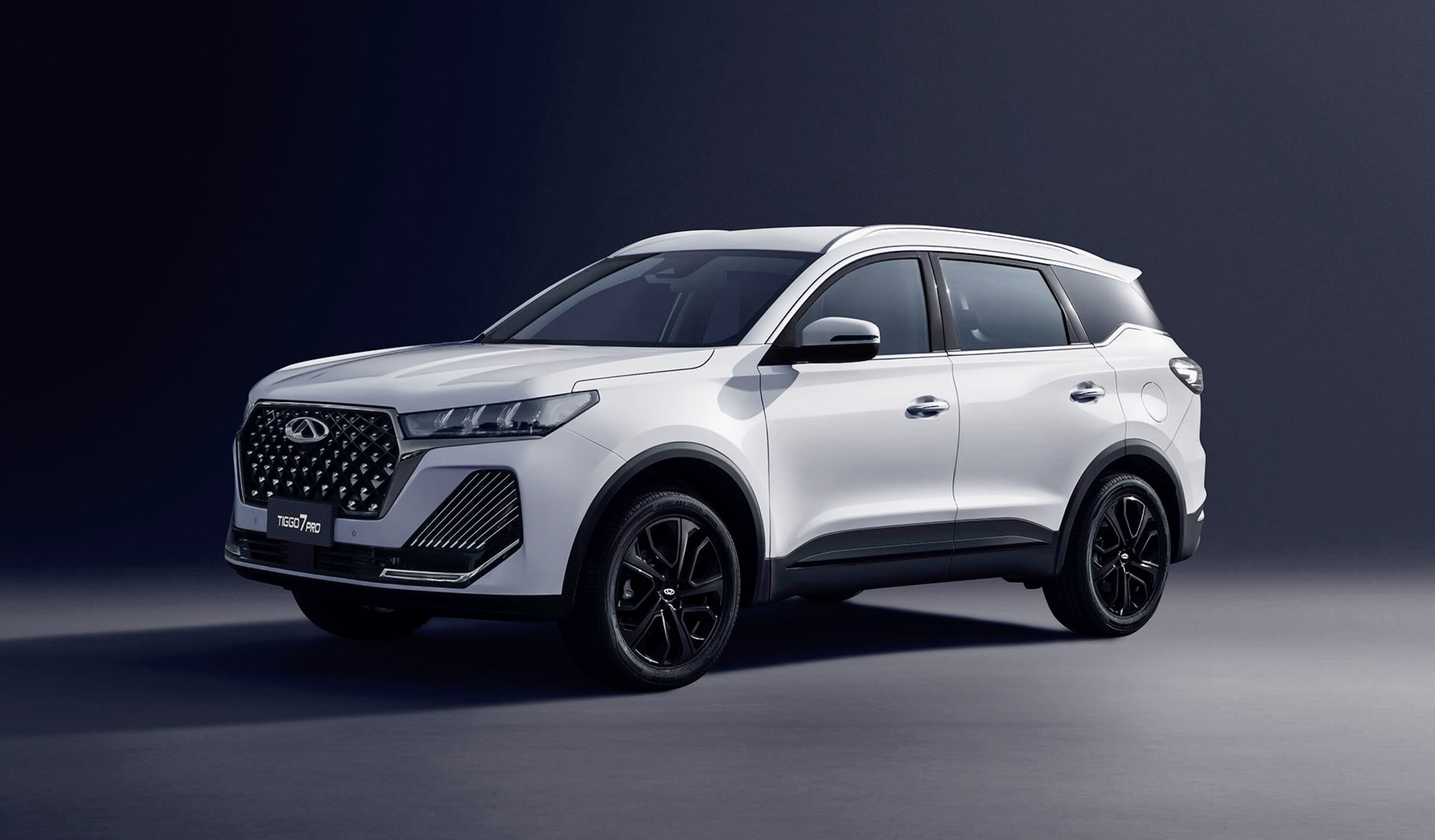
- Price: from $29,990 drive away
- Engine: 1.6L turbo petrol, 137kW/275Nm, 7-speed dual-clutch auto, 2WD
- Combined fuel consumption: 7.0L/100km
Chery’s mid-size SUV sits above the popular Omoda 5 and Tiggo 4 models in the line-up. The
range was recently simplified to just two models with pricing now starting from $29,990 drive away
for the entry-level SE, but even the higher-spec SE+ is still only $33,990 drive away.
Standard equipment highlights include 18-inch alloy wheels, dual 12.3-inch touchscreens, wireless
Apple CarPlay and Android Auto, dual-zone automatic climate control, an eight-speaker Sony
sound system and a lot of active safety kit including a front centre airbag, autonomous emergency
braking, adaptive cruise control, lane keeping assistance and a reversing camera.
The Tiggo 7 Pro’s cabin is nicely finished and practical, while the 549-litre boot is also large for its
size. Chery’s seven-year/unlimited km warranty is standard, as is seven years of capped price
servicing. Overall, it’s a value-packed mid-size SUV.
Jaecoo J7
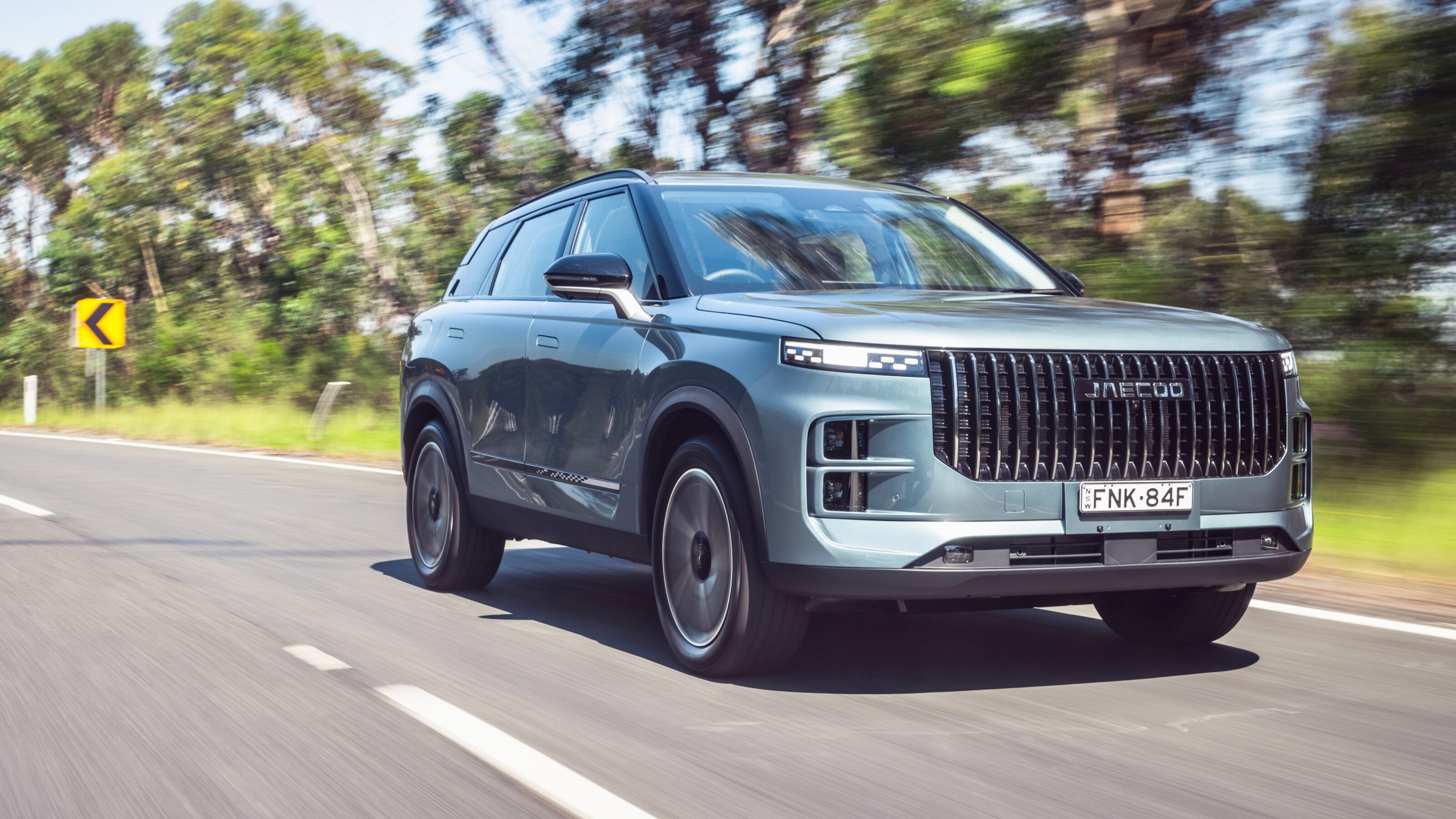
- Price: from $34,990 drive away
- Engine: 1.6L turbo petrol, 137kW/275Nm, 7-speed dual-clutch auto, 2WD or AWD
- Combined fuel consumption: 7.0L-7.8L/100km
Jaecoo is Chery’s premium brand, and it uses the mechanicals of the Tiggo 7 Pro with the same
engine and platform but with a more distinctive and premium-looking design. While the J7 starts $5000 more than the Tiggo 7 Pro, its interior is higher-quality and more tech-filled, including a large 13.2-inch portrait touchscreen.
The standard equipment on the entry-level J7 is healthy, with even the entry-level Core featuring electric front seats, synthetic leather trim, wireless Apple CarPlay and Android Auto, sat-nav and safety features such as AEB, adaptive cruise control, lane keeping assistance and a reversing camera.
Despite being a similar size to the Tiggo 7 Pro, the J7’s 584-litre boot is larger, and its eight-
year/unlimited km warranty is a year longer as well. The J7 is a worthy new entrant in the mid-size SUV segment.
GWM Haval H6

- Price: from $33,990 drive away
- Engine: 2.0L turbo petrol, 150kW/320Nm, 7-speed dual-clutch automatic, 2WD
- Combined fuel consumption: 7.4L/100km
The GWM Haval H6 is one of the most practical mid-size SUVs you can buy. With a huge 600-litre boot and a spacious rear seat, it can easily take what your family has to throw at it – but priced from just $33,990 drive away, it also undercuts the majority of its rivals.
While the entry-level H6 is not quite as well equipped as rivals, it still features equipment such as a 10.25-inch touchscreen and digital driver’s display, Apple CarPlay and Android Auto, keyless entry with push button start, a central airbag and a suite of active safety features like autonomous emergency braking, adaptive cruise control, lane keeping assistance and a reversing camera – though we’d spend the extra $3000 to get to the mid-spec Lux for features like a leather steering wheel, auto-folding mirrors, roof rails, an electric driver’s seat and a 360-degree camera.
The H6 is covered by GWM’s solid seven-year/unlimited km warranty and though its service intervals are strange, service pricing is cheap.
MG HS
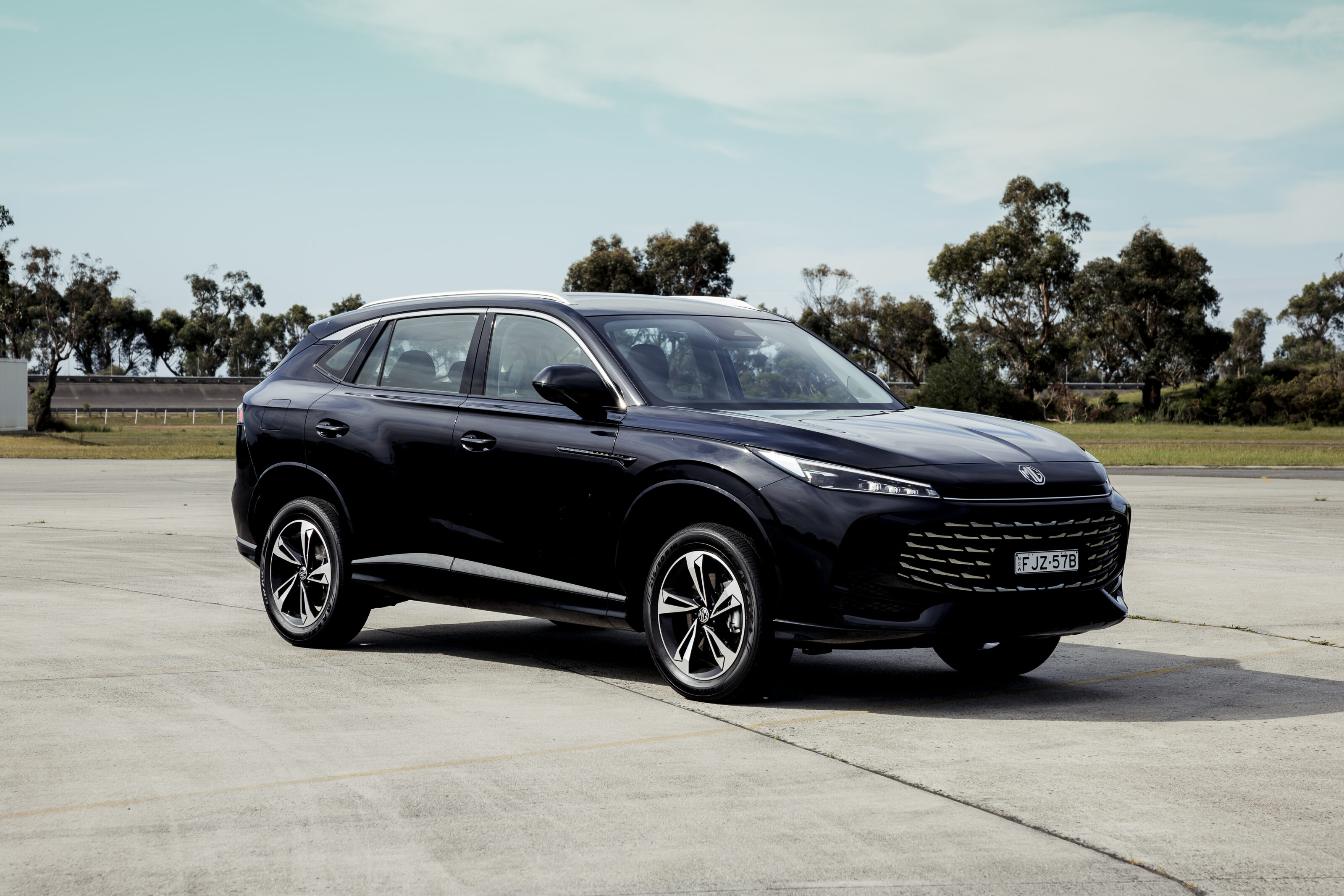
- Price: from $35,990 drive away
- Engine: 1.5L turbo petrol, 125kW/275Nm, 7-speed dual-clutch auto, 2WD
- Combined fuel consumption: 6.9L/100km
The second-generation MG HS is a big departure from the model it replaced: it’s more stylish, more practical, higher quality and yet still delivers the excellent value that the MG brand is known for. Priced from $35,990 drive away, the new HS is available in three models with both hybrid and plug-in hybrid models due later in 2025.
The entry-level HS Vibe is priced from $35,990 drive away and is equipped with 18-inch alloy wheels, dual 12.3-inch screens, Apple CarPlay and Android Auto, an electric driver’s seat and auto lights and wipers, with a full level of active safety kit like autonomous emergency braking, adaptive cruise control, lane keep assist, blind-spot monitoring and rear cross-traffic alert while for under $40,000 will get you the top-spec Essence with larger wheels, synthetic leather trim, a panoramic sunroof and a power tailgate.
The new HS is covered by MG’s industry-leading 10-year/250,000km warranty and cheap capped price servicing, and overall is a great mid-size SUV.
- Price: From $33,990 drive away (Excite)
- Drivetrain: 1.5L 4-cylinder hybrid, 158kW/465Nm, 3-speed CVT auto
- Combined fuel economy, CO2 emissions, fuel type: 4.7L/100km, 110g/km, 95RON
- Warranty: 10-year/250,000km, one year of roadside assistance
- Five-year service cost: $1,995 ($399 per year)
| Driving | |
|---|---|
| Interior | |
| Practicality | |
| Overall value |
Things we like
- Big improvement on the previous ZS
- Enlarged size adds more interior space
- Hybrid is punchy and efficient
Not so much
- Intrusive active safety systems
- Too much reliance on touchscreen
- Finicky steering wheel buttons
Australia’s favourite small SUV for the past few years has been given a glow up and takes the crown as overall winner of Wheels Best Small SUV 2025.
Check back at WhichCar next week when we unveil the rest of our category winners – Best Small SUV 2025 Under $30K, Under $40K, Under $50K, Over $50K, Electric, Hybrid and Best Value.
Launched in late 2024, the MG ZS Hybrid+ was an immediate winner in our books because of its hugely appealing combination of efficient but powerful hybrid drivetrain, spacious cabin, long list of standard equipment and accessibly low pricing. On those scores it’s really the complete package among compact SUVs on sale in Australia.
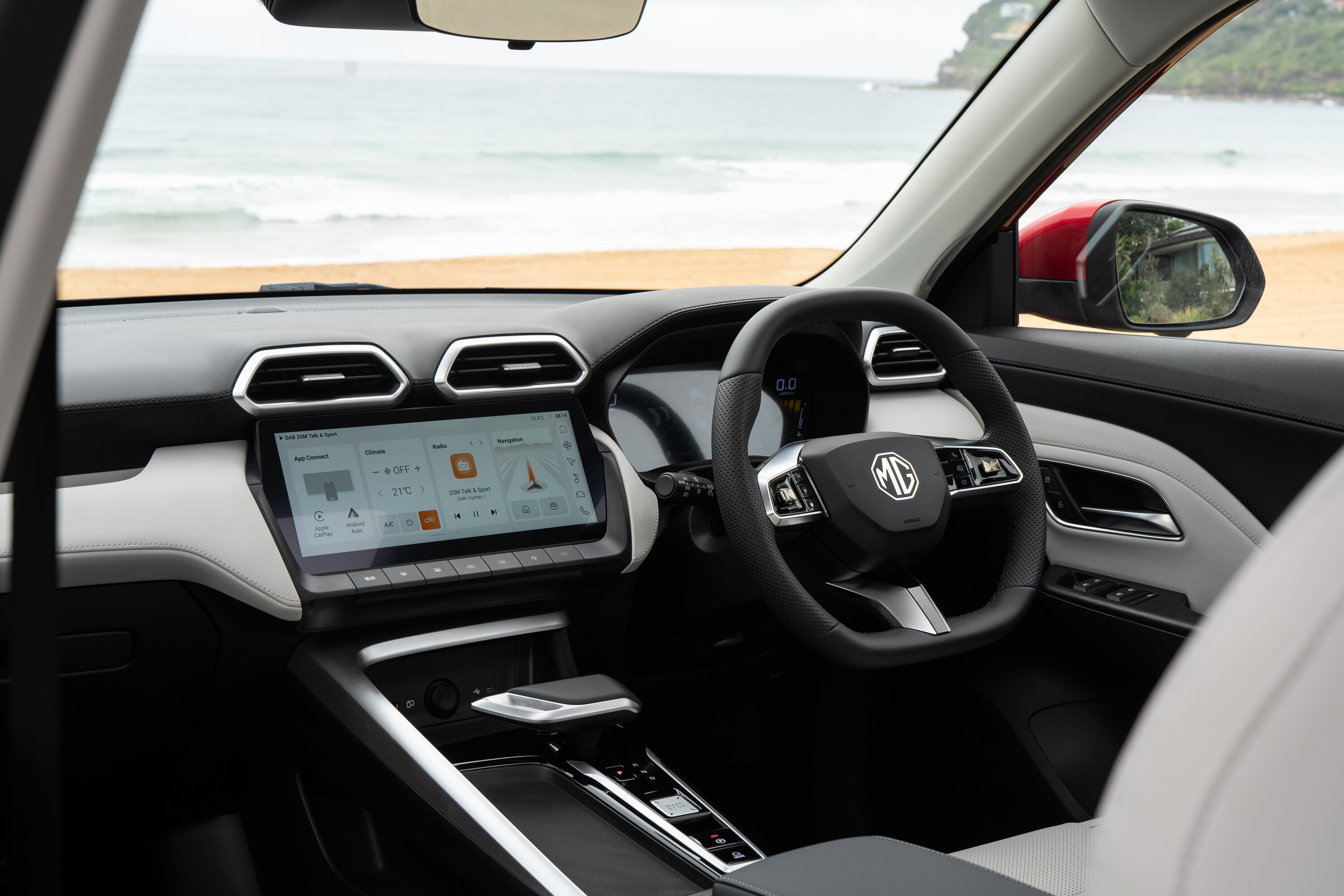
Priced from $33,990 drive away, the ZS Hybrid+ is not the cheapest hybrid small SUV on the market but it is the best value for money thanks to its long standard equipment list, including a large 12.3-inch touchscreen with Apple CarPlay and Android Auto, automatic climate control with rear air vents, a 360-degree camera and a full active safety suite including AEB, adaptive cruise control, lane keeping assistance, blind-spot monitoring and rear cross-traffic alert.
For only $3,000 extra, jumping up to the top-spec Essence adds luxury features such as larger 18-inch wheels, synthetic leather upholstery with heated front seats, an electric driver’s seat with lumbar adjustment and a panoramic sunroof.
But there’s more to a car’s value than just loading it with features: the ZS also drives like a much more expensive car. Its ride quality, for example, is compliant and well judged, while it’s a reasonable handler too. Its refinement is impressive, and overall, it’s never less than enjoyable to drive.
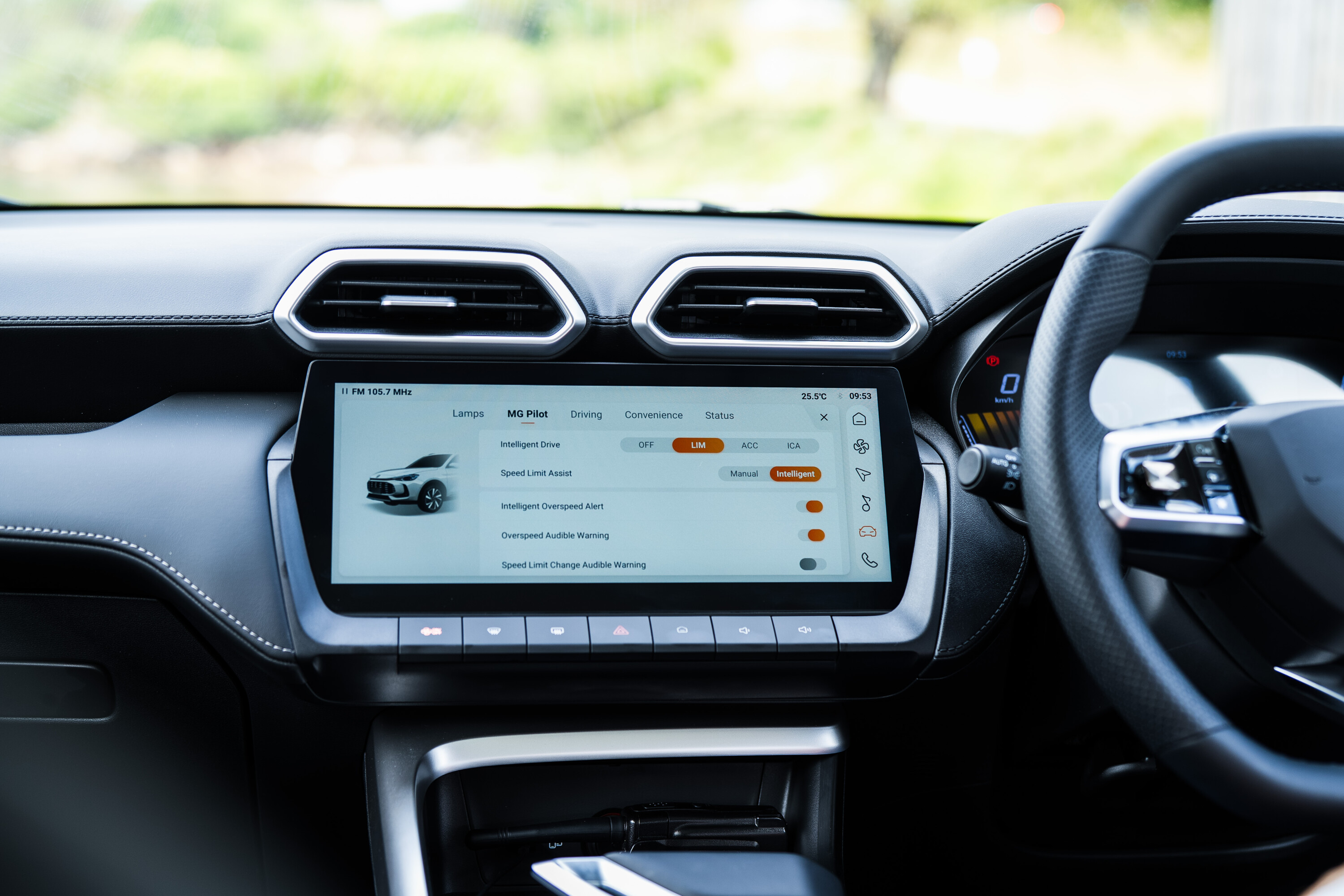
Under the bonnet is a 1.5-litre four-cylinder hybrid drivetrain making an impressive 158kW of power, yet its claimed combined fuel consumption is just 4.7L/100km.
The interior’s practicality and quality is also impressive for the price with a mature and functional cabin design. The materials feel good for the price with either cloth (Excite) or leather-like trim (Essence) on the dashboard and door panels, and the switchgear is satisfying to touch.

The cabin is also practical with plenty of storage spots like big door bins, some open trays on the centre console and a bin underneath the central armrest. It’s also spacious with plenty of room and a large 443-litre boot that opens up to a huge 1457L with the rear seats folded.
Add in MG’s impressive 10-year/250,000km warranty and low $1232 five year/75,000km service cost, and the ZS Hybrid+ makes a strong argument as to why it should be awarded Wheels Best Small SUV 2025.
It’s a big improvement on the car it replaced and is more broadly talented thanks to its new hybrid drivetrain, more luxurious interior and larger dimensions that make it more practical and better to drive. If you’re looking for a small SUV, the MG ZS Hybrid+ is the current cream of the crop.

Revealed at Auto Shanghai 2025 , the new Mazda EZ-60 is the brand’s second electric SUV after the ill-fated MX-30 that was cut from Australia in 2023. Like the recently revealed EZ-6 sedan , the EZ-60 will also be available as a plug-in hybrid range extender hybrid with over 1300km of driving range.
Rivalling the Tesla Model Y as an EV and BYD Sealion 6 as a PHEV, the Mazda EZ-60 sits on
Changan’s ‘EPA’ rear-wheel drive platform and is related to the Deepal S07 that’s already sold in
Australia. The EZ-60 is yet to be confirmed for any markets outside of China, though like the 6e
sedan, it’s expected to be sold in at least Europe.
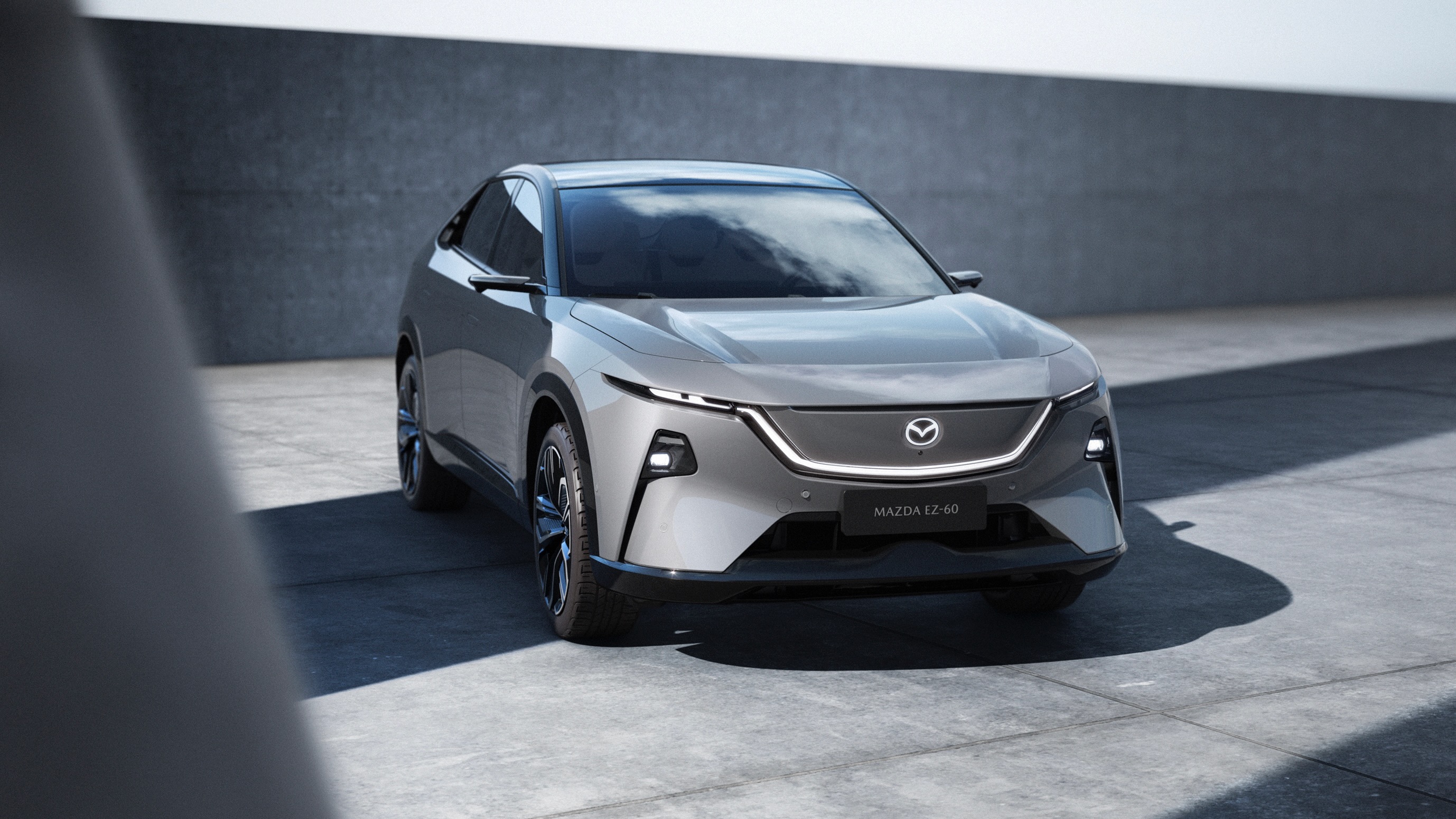
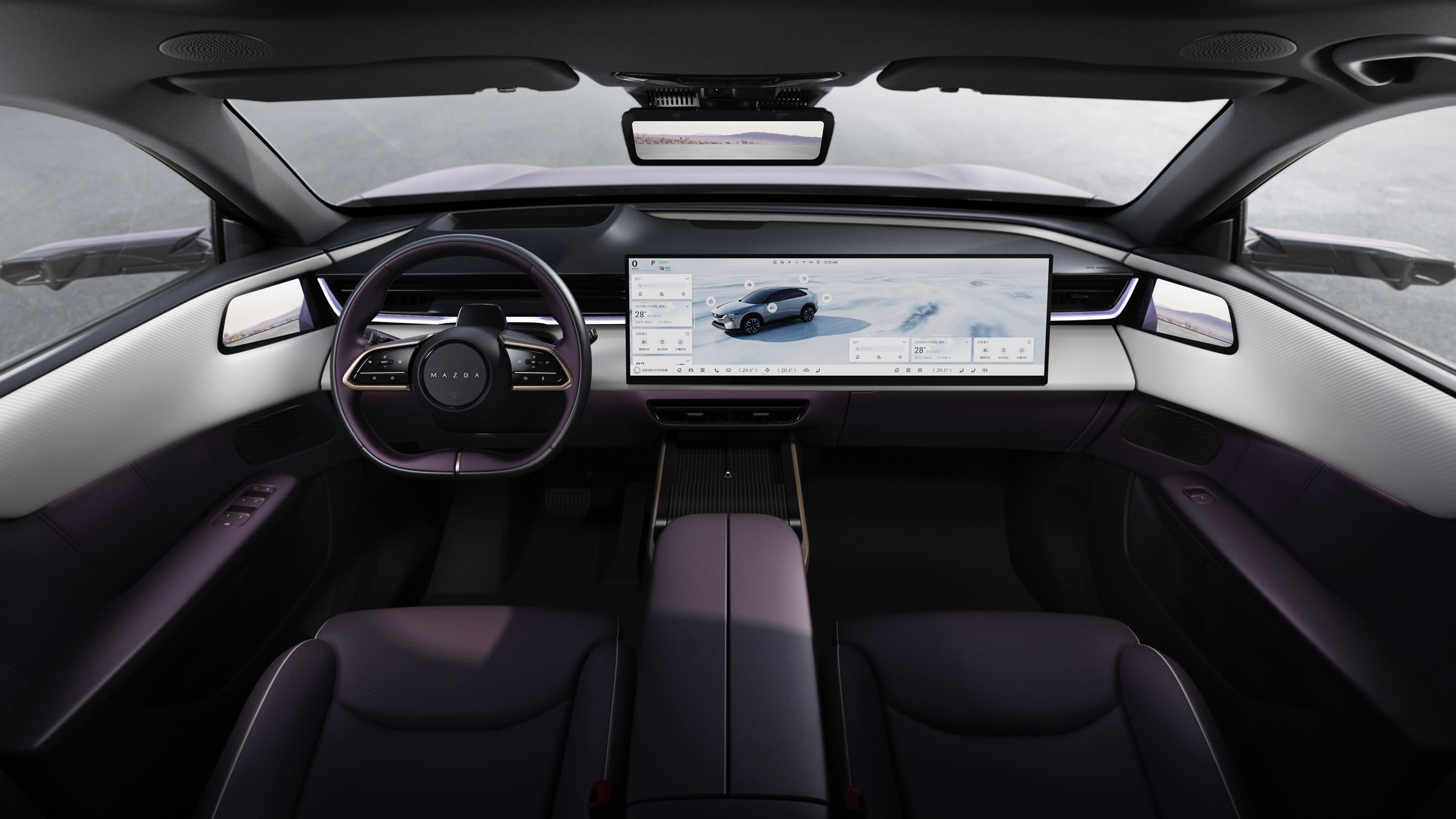
According to Chinese media, the electric EZ-60 has either 56.1kWh or 68.8kWh LFP batteries with
up to 600km of range (CLTC), while a long-range version with a larger 80kWh battery will also be
available eventually.
The range extender uses a 1.5-litre petrol engine with a 160kW rear electric motor and an electric
range of up to 200km on the Chinese cycle.
Measuring 4850mm long, 1935mm wide and 1,620mm tall, the EZ-60 fits in dimensionally
between the current CX-60 and CX-80 in the Mazda global SUV line-up, and is slightly larger but
narrower and lower than a Model Y.
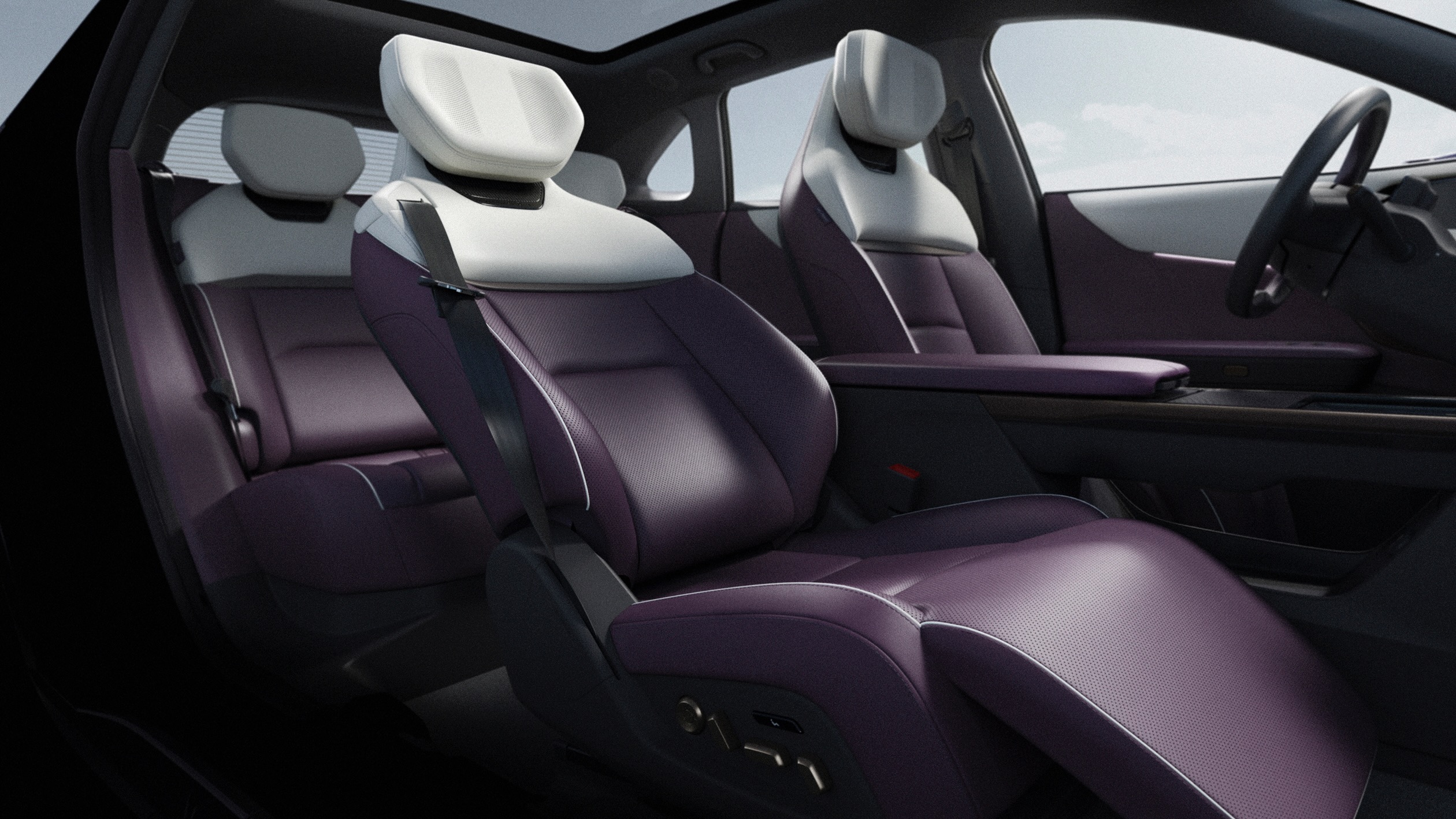
According to Mazda, the EZ-60 features a 50:50 front/rear weight distribution, strut suspension at
the front and multi-link suspension at the rear, and electronically controlled dampers.
The EZ-60 sports sharp styling with angular lines and a luxurious and futuristic interior dominated
by central and mirror screens. Inside, the EZ-60 features a 26.45-inch 5K display for its
infotainment system and passenger screen, and a head-up display.
It’s available with a 23-speaker sound system with speakers in the front headrests that allow the
driver and front passenger to listen to different music, and digital side mirrors that show a live
camera feed to interior screens to enhance efficiency.
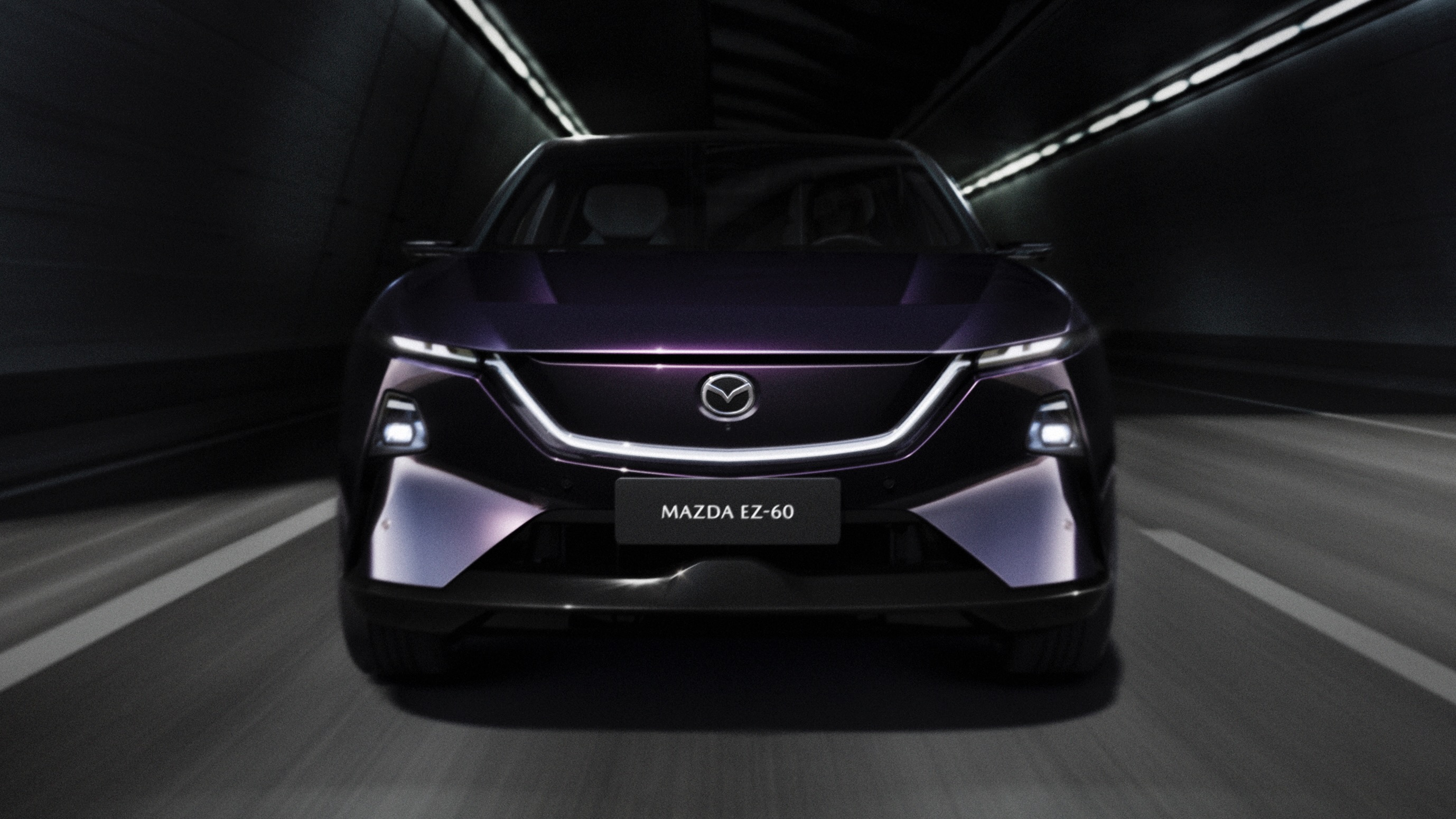
Mazda Australia is yet to announce any local plans for the EZ-60, but it’s likely to be at least under
consideration for our market.